I feel extremely fortunate to have had the opportunity to volunteer my photography services for Operation Rainbow Canada last April. This organization was founded by Vancouver plastic surgeon Dr. Kimit Rai who travels to far off places twice a year with a Canadian medical team of volunteers to perform free surgeries on children with cleft lips and palates. The families of these children would otherwise be unable to pay for the treatment which impacts the way the kids speak and eat, not to mention their future career and marital opportunities.
On this mission many burn victims also came to the hospital for help, so we were lucky to have Dr. Sandra Voice along who was able to operate on many of them, restoring range of motion to limbs and necks, allowing eye lids and mouths to fall back into position, restoring digits to burned hands.
The 44 hour journey to our destination, the small town of Baru Sahib in Himachal Pradesh, was epic but I instantly felt at home and loved the place and the people. Our hosts, members of the Kalgidhar Society, took exceptionally good care of us. We were served three delicious vegetarian meals a day (I enjoyed every dish) and provided with very comfortable, free accommodation. (The whole town is vegetarian, tobacco and alcohol free, which didn’t hurt my feelings!)
The Kalgidhar Society has a number of charitable and social projects in rural North India, one of which is providing free surgical camps which are attended by villagers from up to hundreds of kilometers away. Another major project is the building and administration of schools and universities in these rural areas where there are otherwise few educational opportunities, especially for girls. Baru Sahib was home to a few of these educational institutions—including a nursing college, an engineering college and a school of music. It was an absolute pleasure meeting these students in the town and working with the nursing students in the hospital. You can read more about Baru Sahib and the Kalgidhar Society here.
The heart of Baru Sahib is a large Gurdwara which was more often than not filled with the music of the students. I would get up around 4:30 every morning, sit for a while in the Gurdwara, then join a few ORC team members at 5 am for a walk in the mountains while the sun rose, enjoying the views and fresh air. We’d then meet for breakfast and commence a long day of work up the hill at the Akal Charitable Hospital. These were good times.
Now for photos:
We flew from Vancouver to Hong Kong to Delhi then continued by car. It was very difficult to get all the equipment containers through customs—it was a major hold up until one of our nurses, charming yet commanding, told the stalling officer how it was going to go down. I’m sure it was after 3 am when we were out in the parking lot getting into our caravan, having our luggage tied to the roofs of half a dozen vehicles. It was 30 degrees Celsius when we arrived at 2:30 a.m. The road to Baru Sahib is something of a hairpin cliff-hanger so we were unable to travel together in a mega bus. I was very lucky that Rema, one of the nurses, gave me a large dose of Gravol so that I was mercifully unconscious for the majority of the 12 hour road trip. I remember waking up at one point in the darkness only to see the hillside beside us on fire and feel a burning piece of earth rebound off the hood of our car, but even that was unable to hold my waking attention for long.

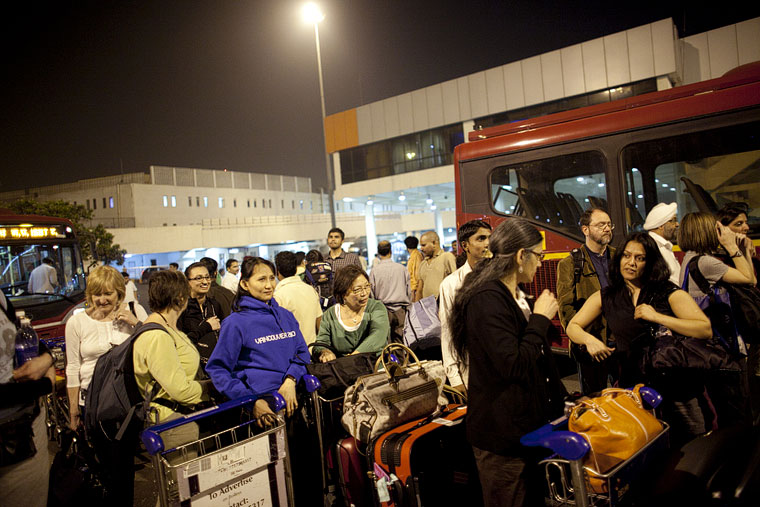
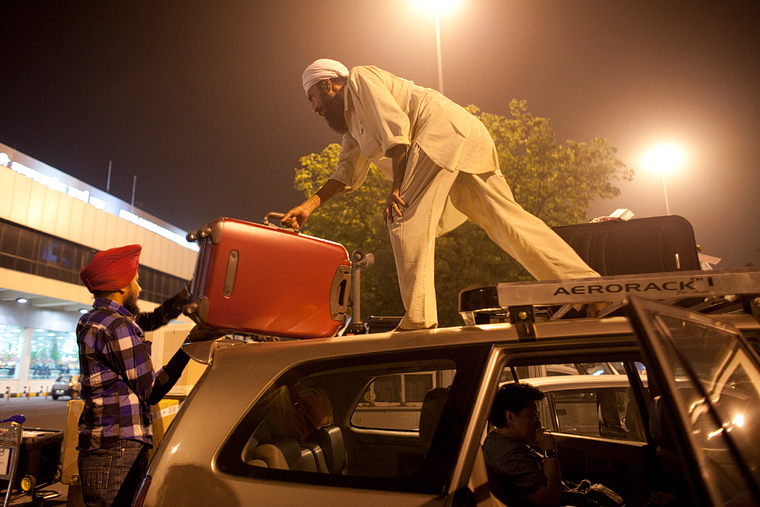
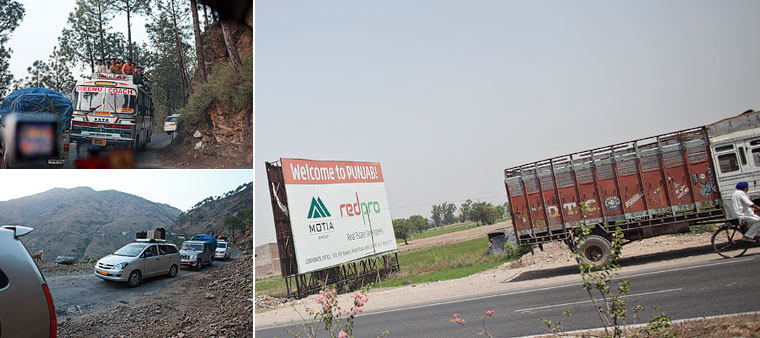
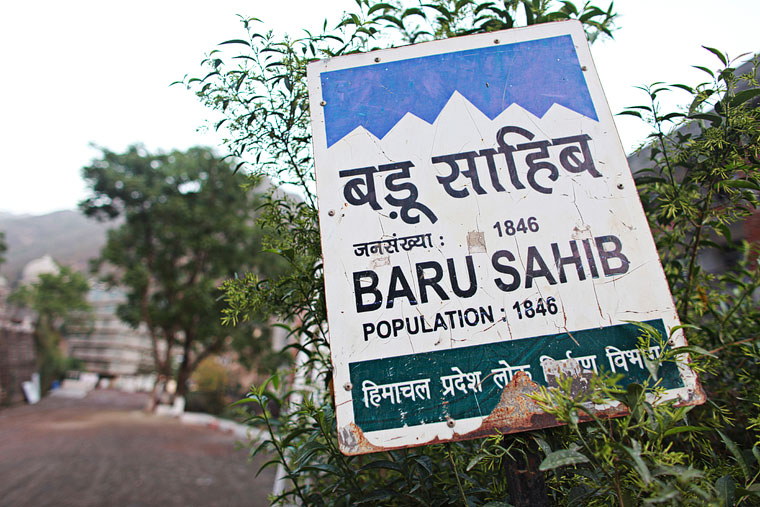
The Gurdwara surrounded by dormitories and classrooms on many levels, and sports spaces on the roofs.
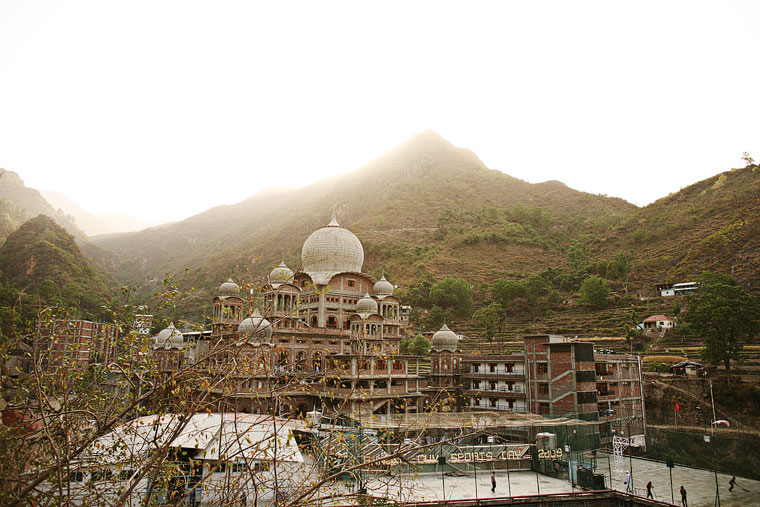
Student nurses were very helpful to our staff.
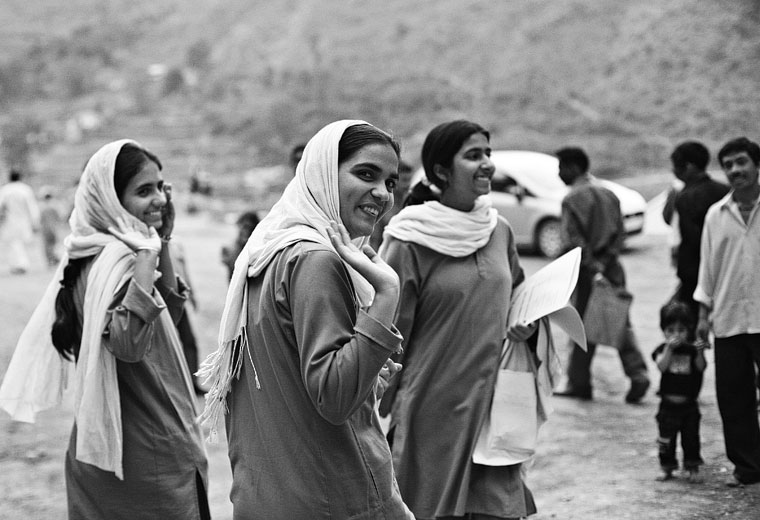
Part of the mission’s opening ceremonies.
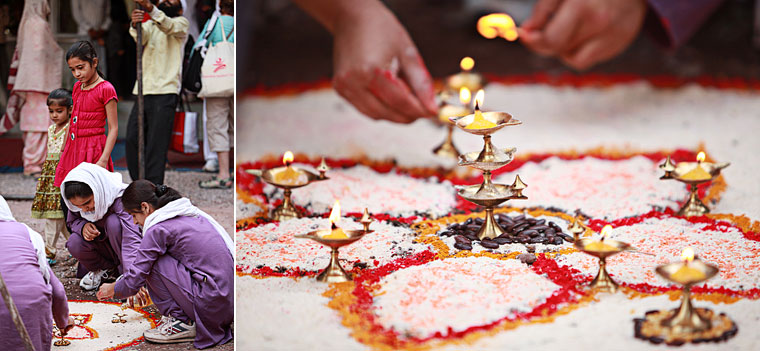
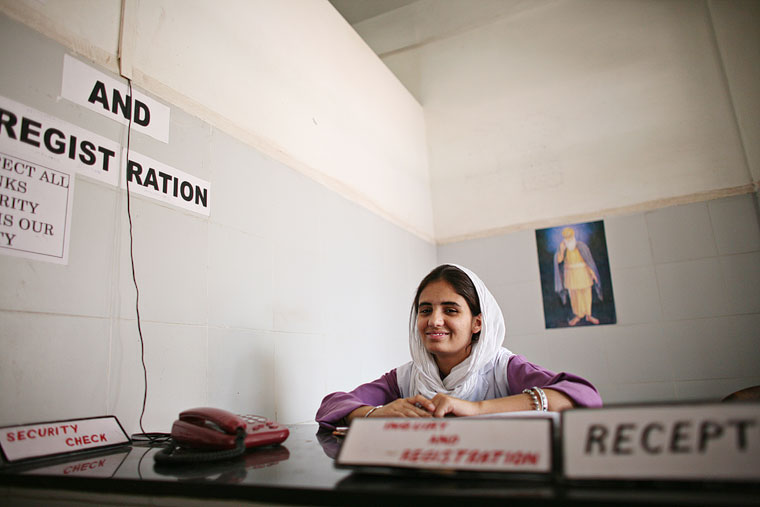
Day one—intake. Hundreds of people travelled from remote rural areas in hopes of being treated. Sadly, not all were treatable due to the nature of their problems and the limitations of the mission.
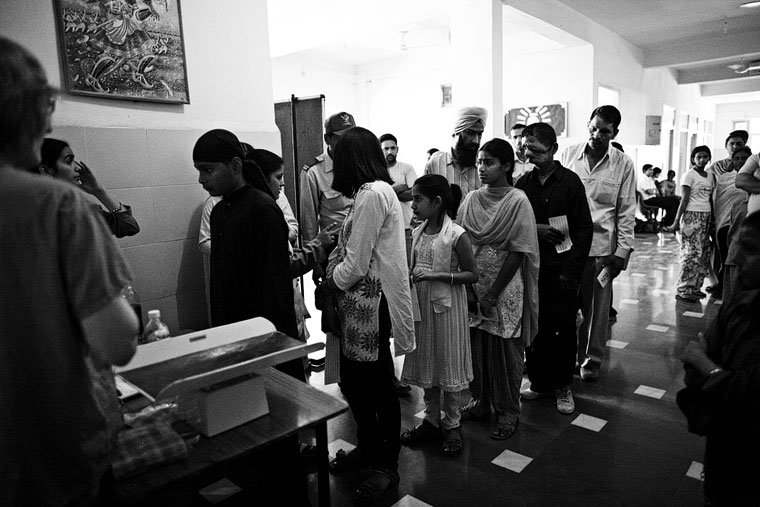
This is Gurpreet, a boy who never complained. Here he is waiting to see the doctor with his grandmother for what would be his fourth surgery. His family was attacked with acid as they slept. He lost his mother and sister in the attack, but he and his father survived, badly burned. His grandmother brought him to the hospital and cared for him for 10 days or so.
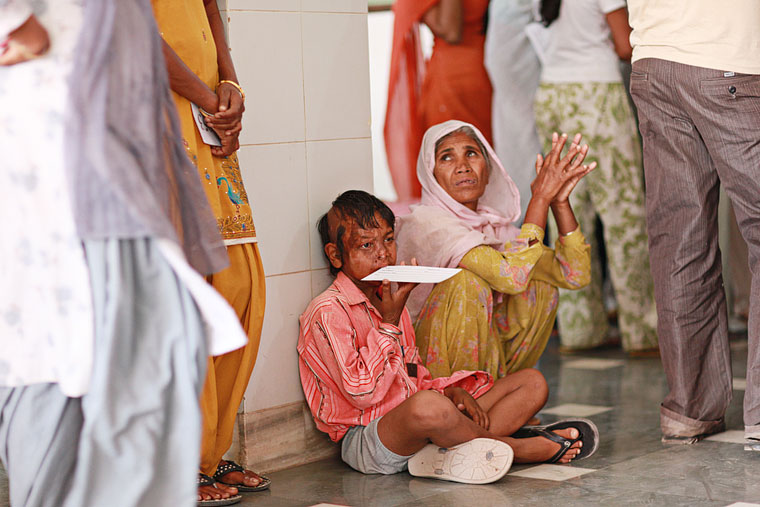
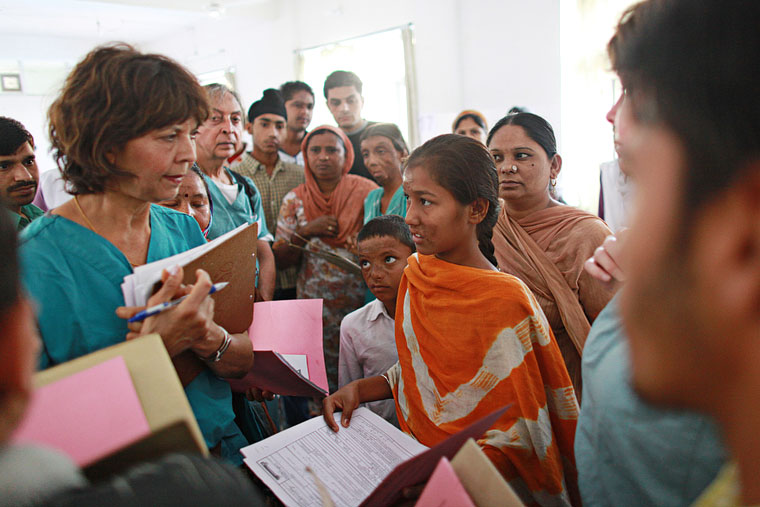
Binta surveys the activity. She is 8 years old and has lived in the hospital for a year and, we were told, has never been to school. She is healthy but her mother was badly burned a year ago and has suffered from many complications, so Binta stays with her mum while her brothers tend to the farm many miles away.
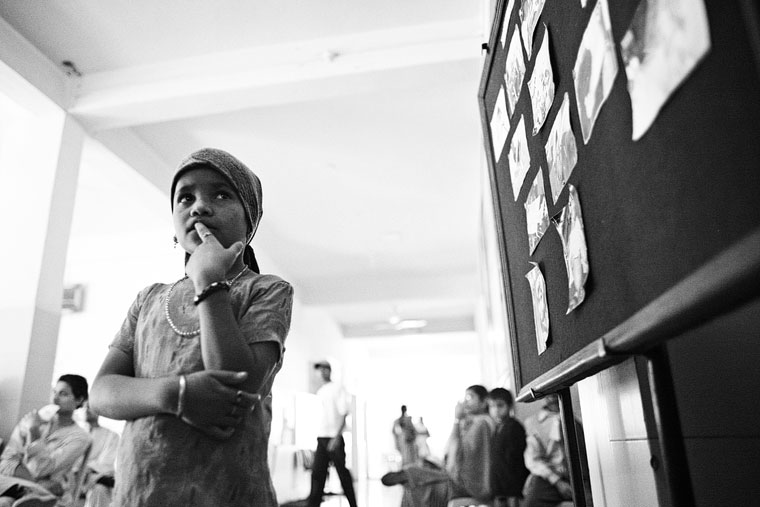
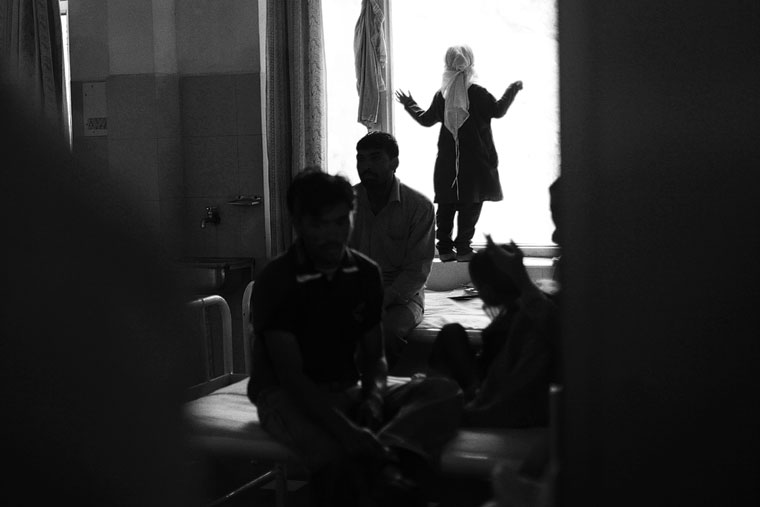
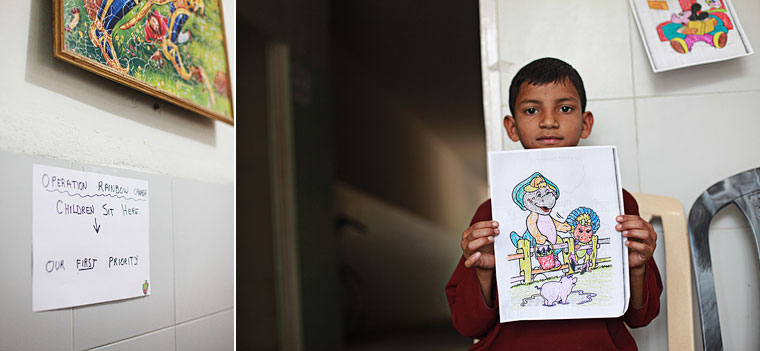
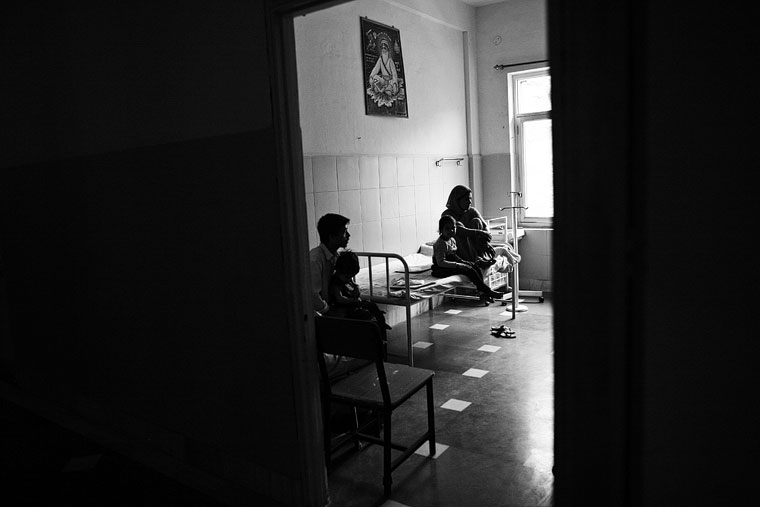
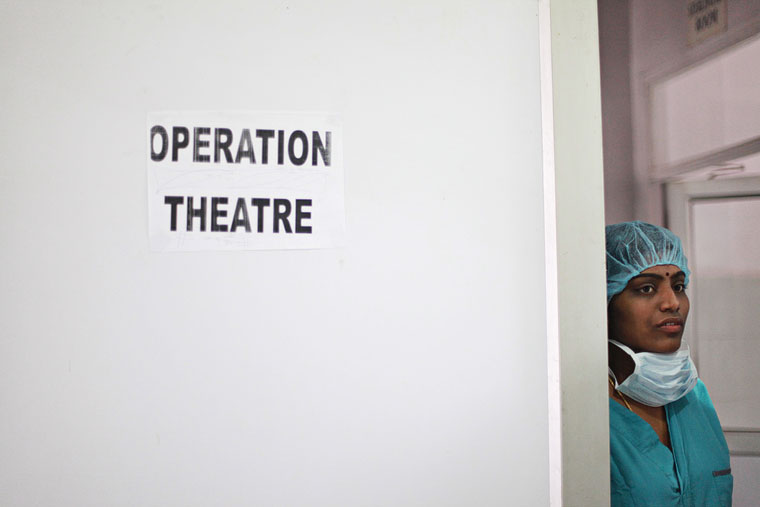
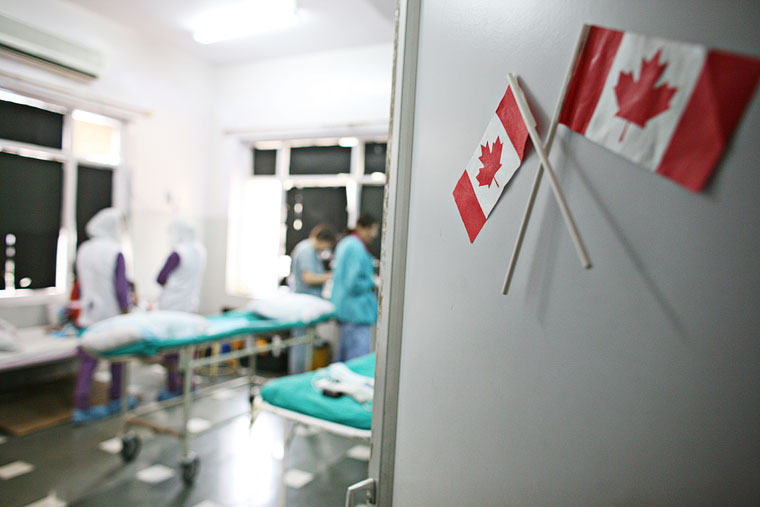
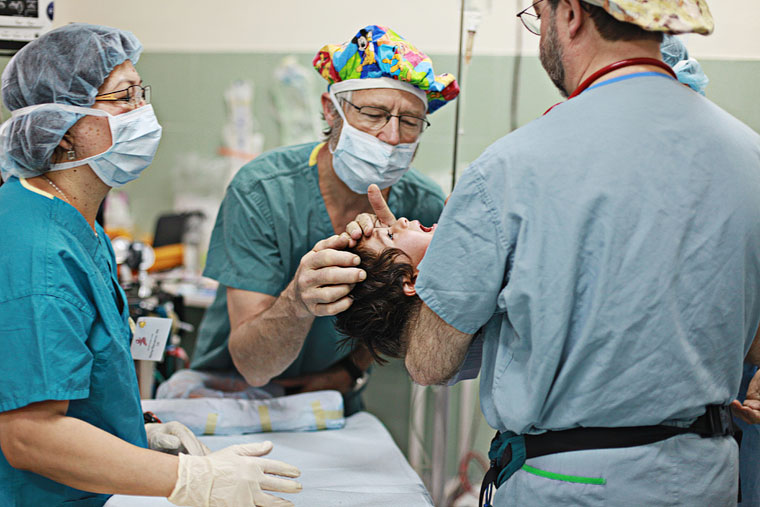
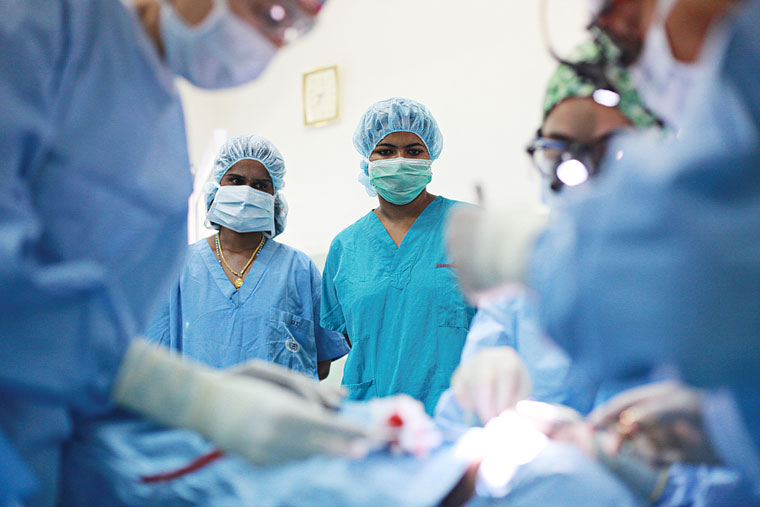
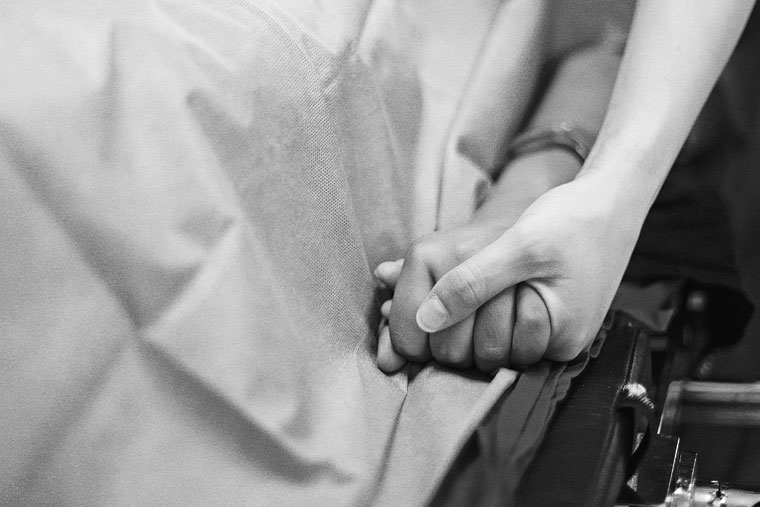
Dr. Abbot rigs some lighting. The power in India is very fickle! Here doctors continue to open a burned hand while the OR is rather dark.
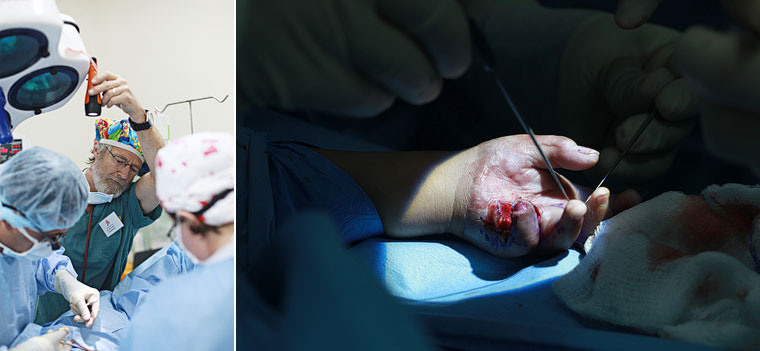
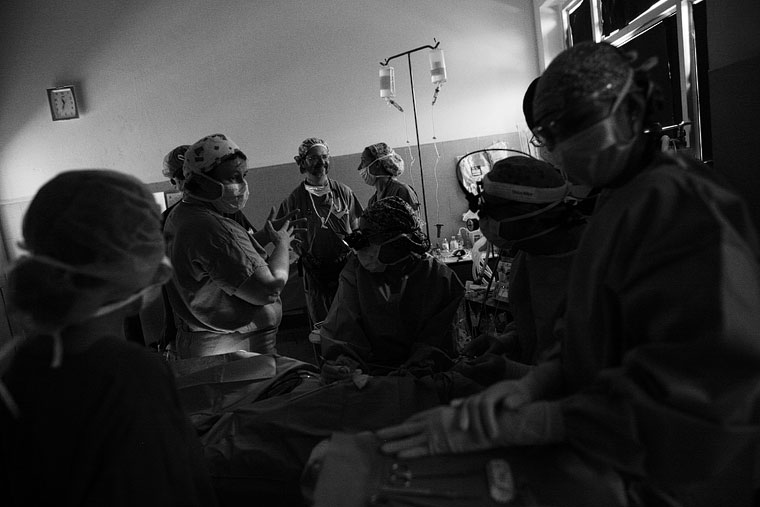
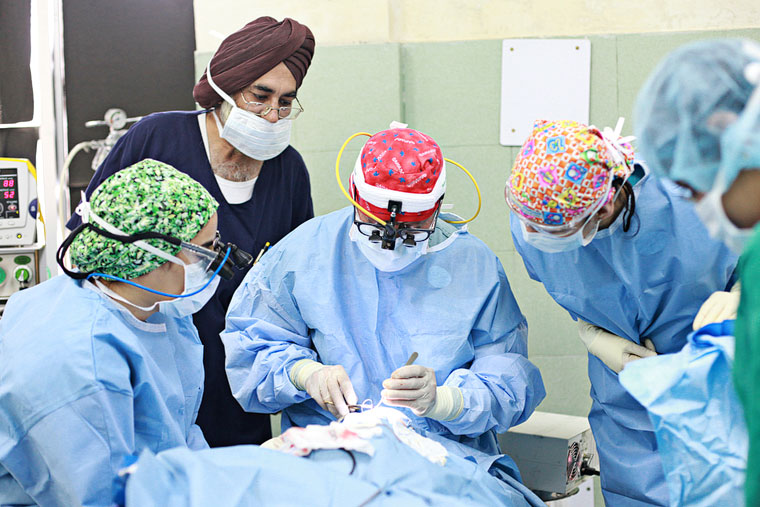
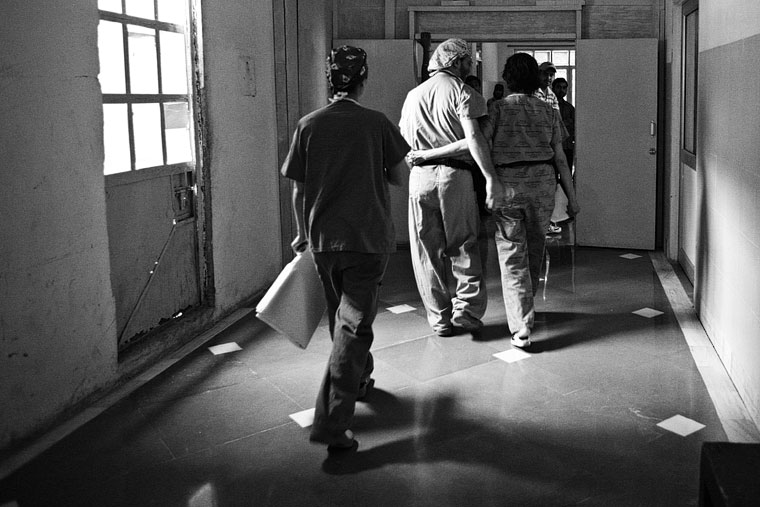
Dr. Purdy gives a young patient moral support as they walk to the OR together for lip surgery.
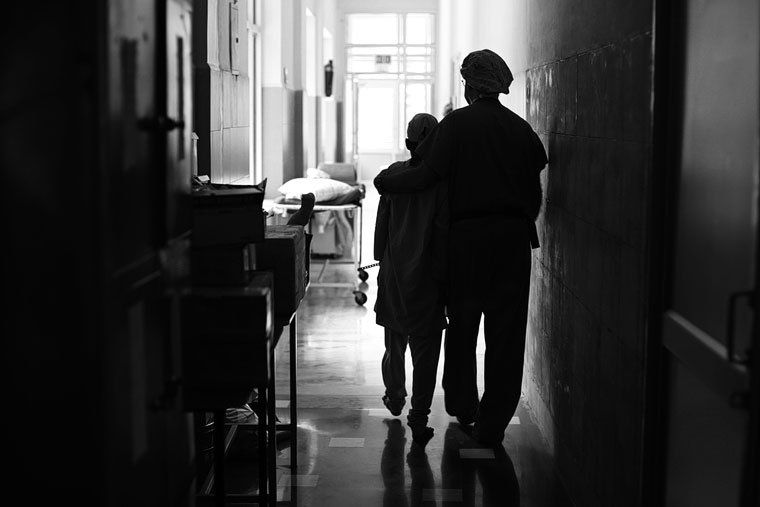
Student nurses congregate outside the OR. The ORC mission provided them with learning opportunities.
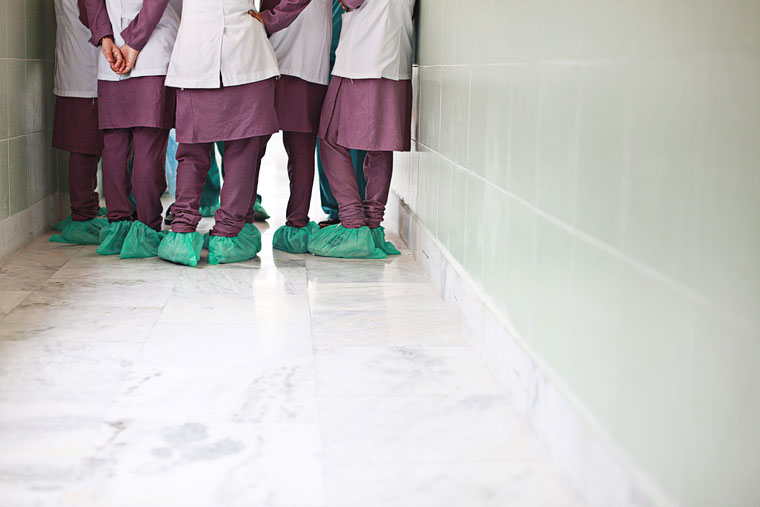
Dr. Arora joined the team from New Delhi.
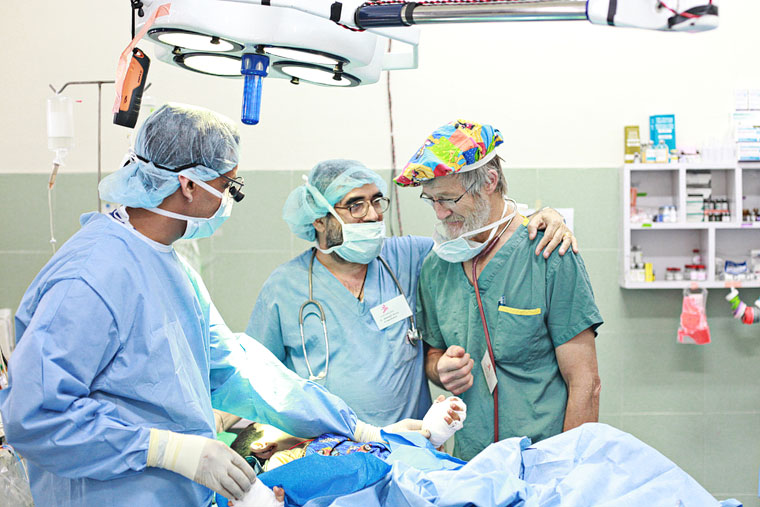
Tea time! I’m not sure who this gentleman is, but I know that Akal Charitable Hospital had a free kitchen downstairs where patients and their families could eat at no charge. The sharing of free food, I learned, is culturally and religiously significant for Sikhs. Every Gurdwara, or temple, has a kitchen, usually downstairs, where everyone may sit and eat together.
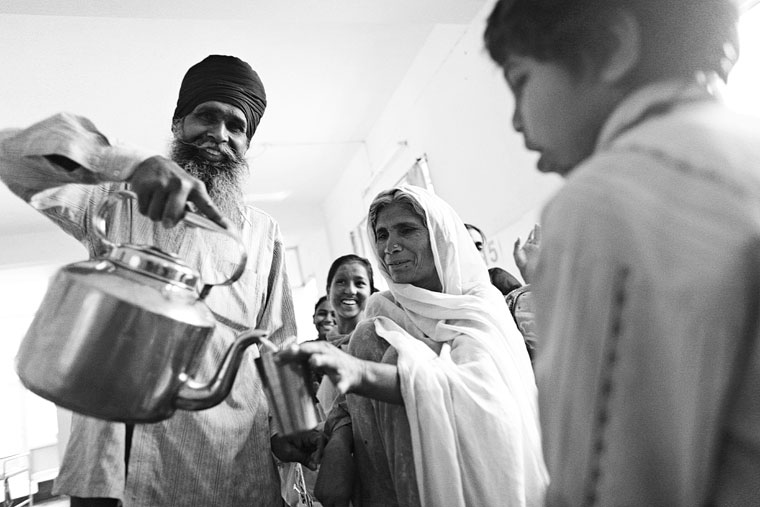
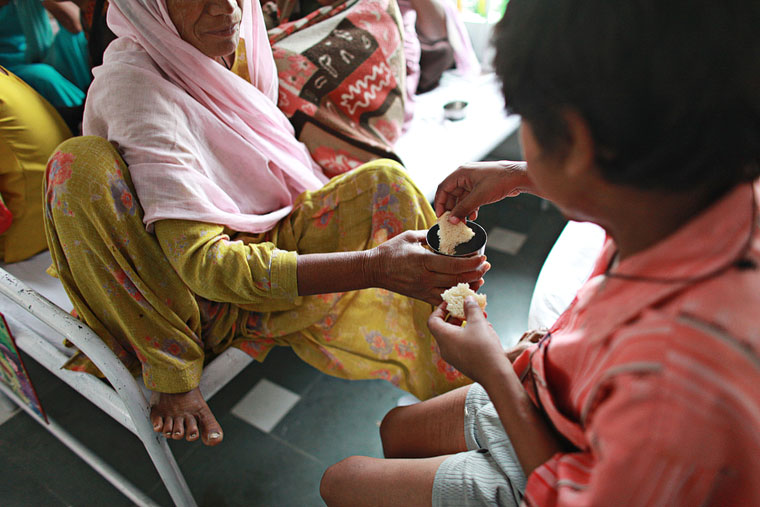
I was not the only photographer. The patients enjoyed documenting their foreign visitors.
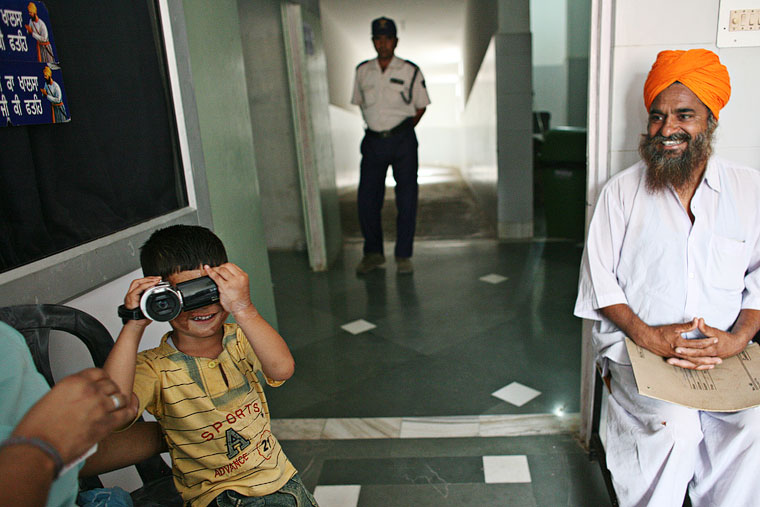
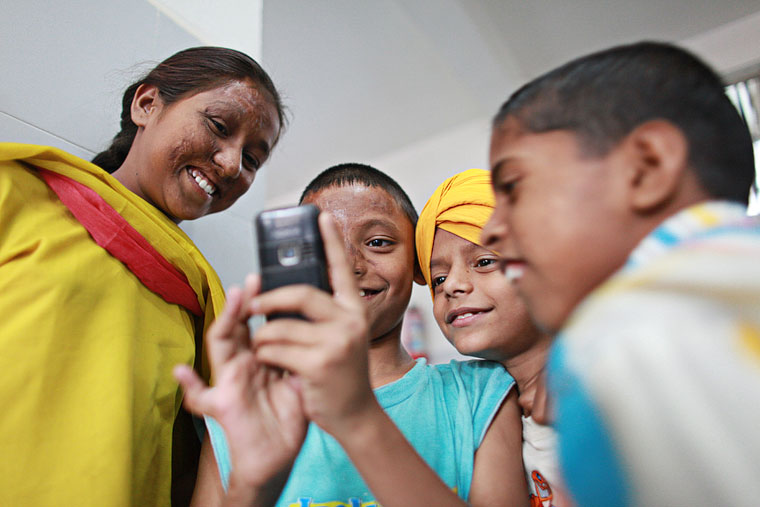
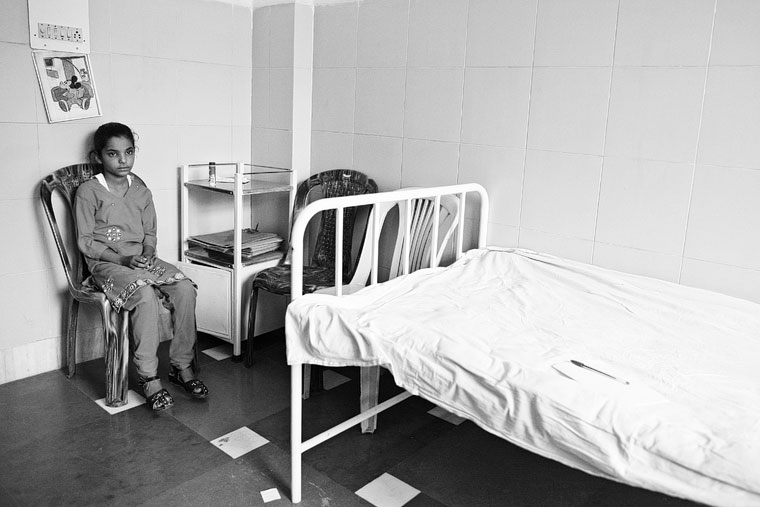
A boy, finished surgery, is taken from the OR to Recovery.
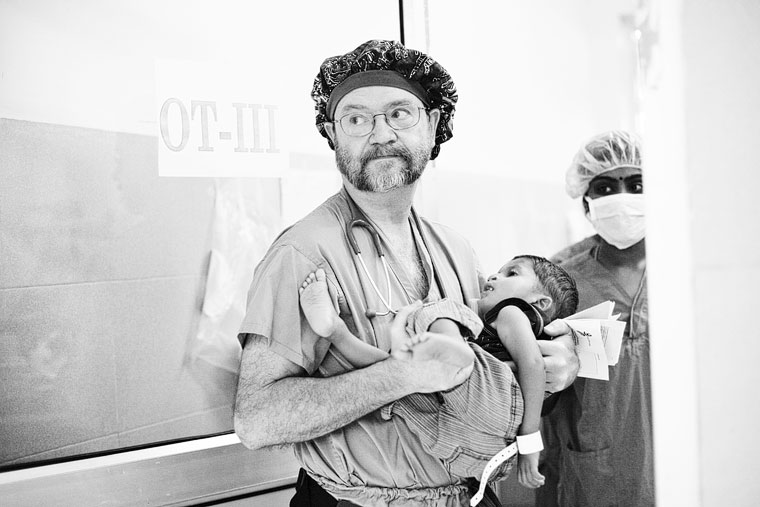

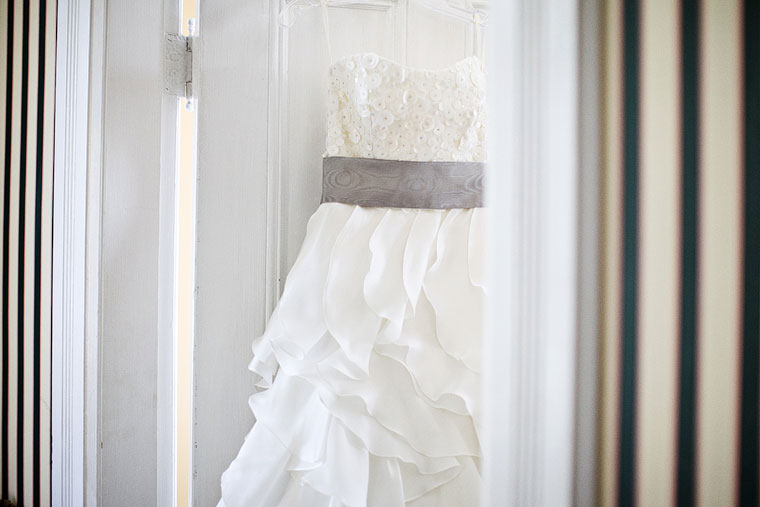
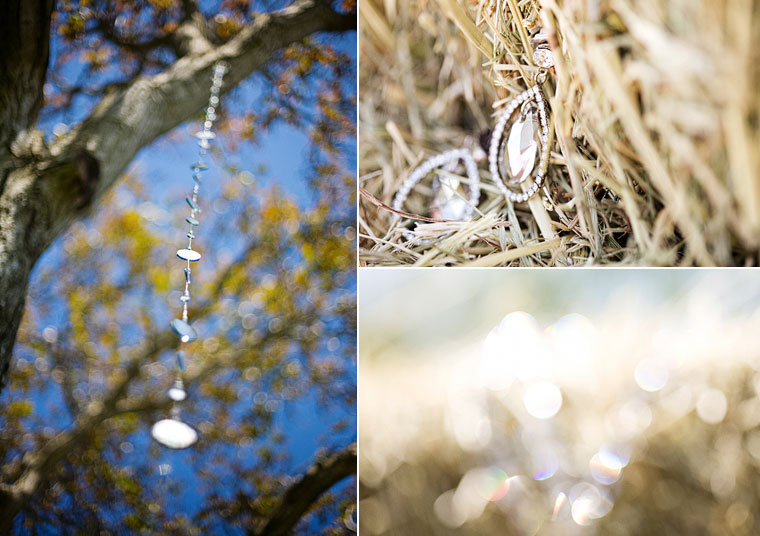
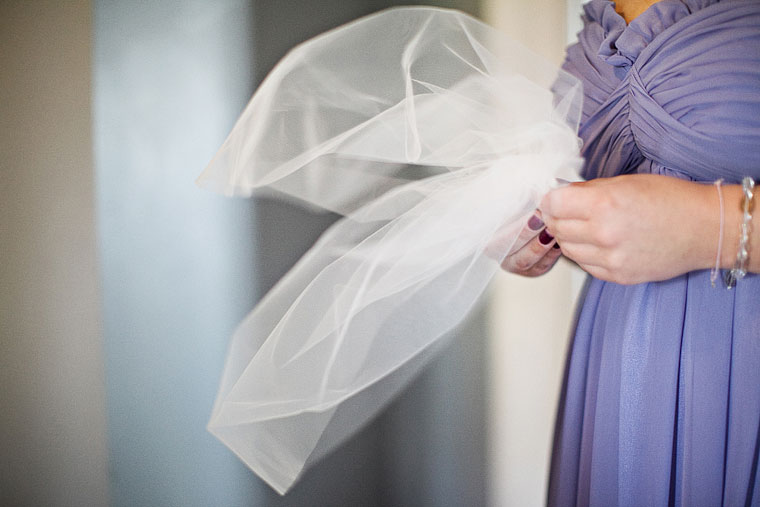
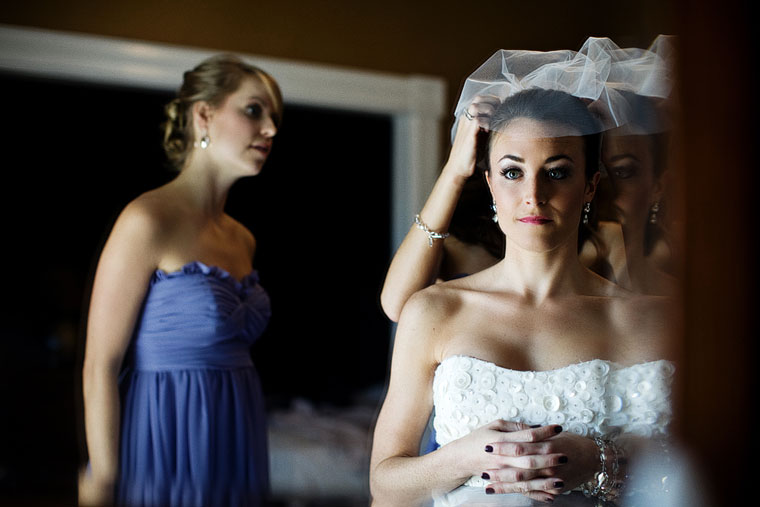
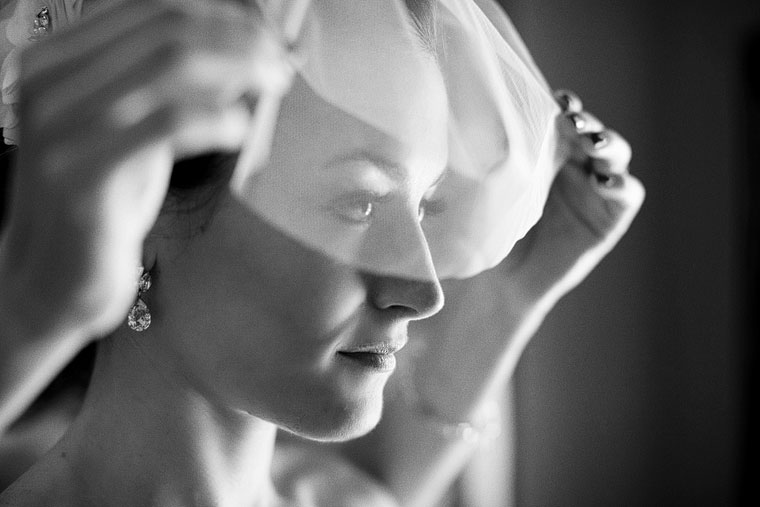
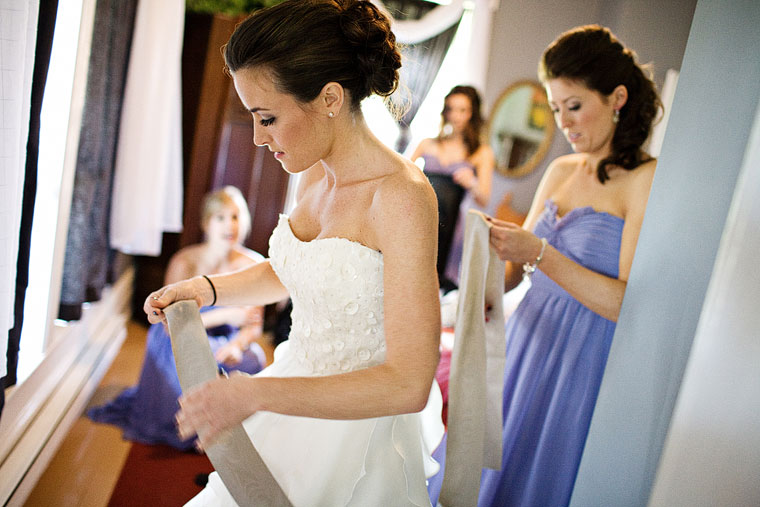
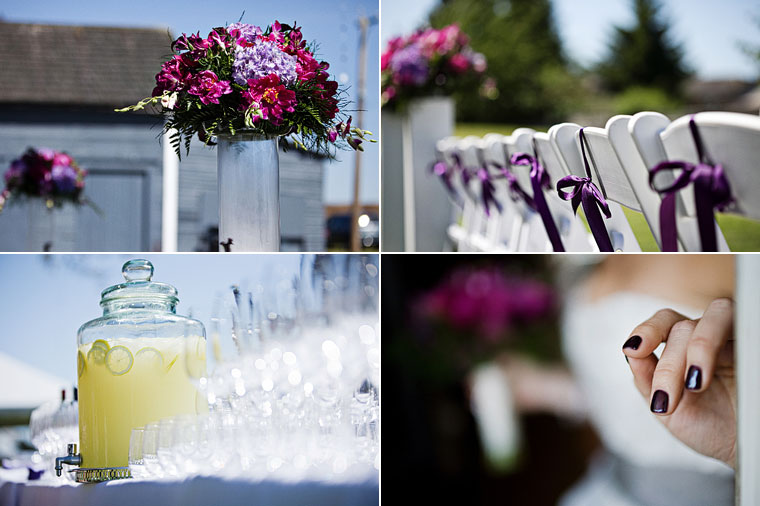
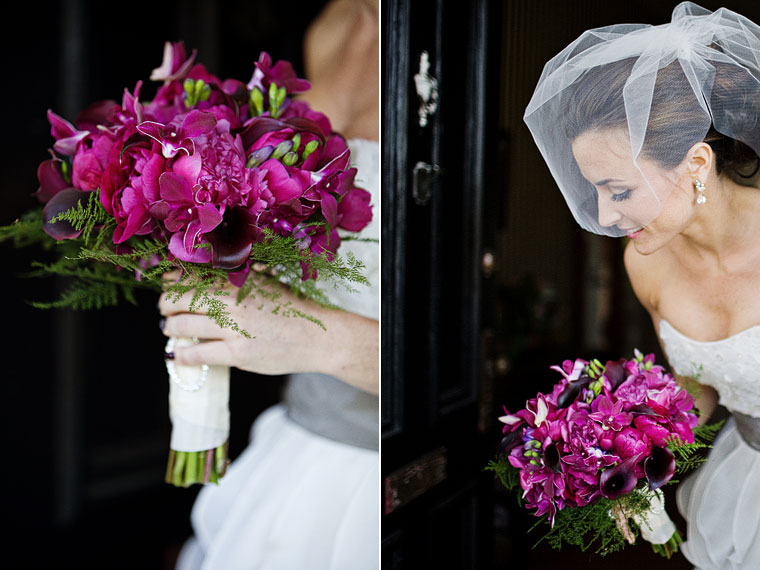

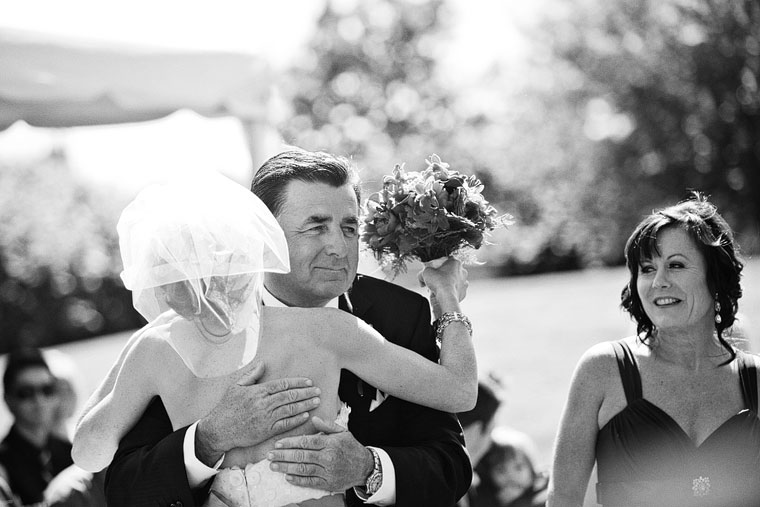
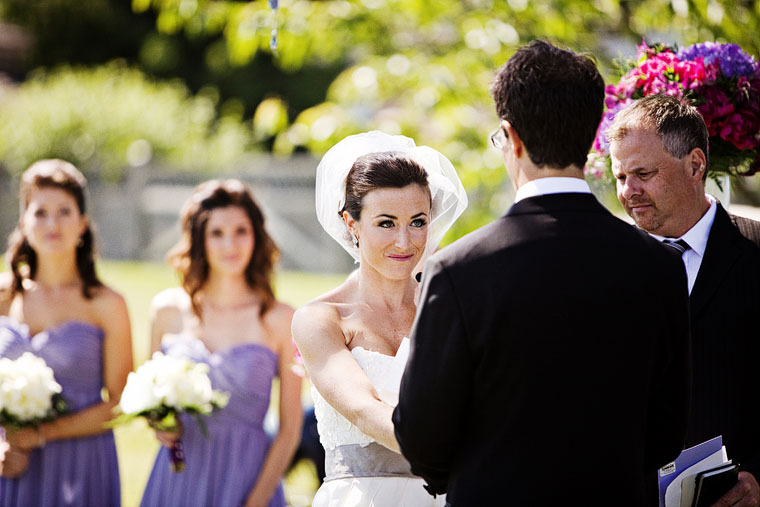
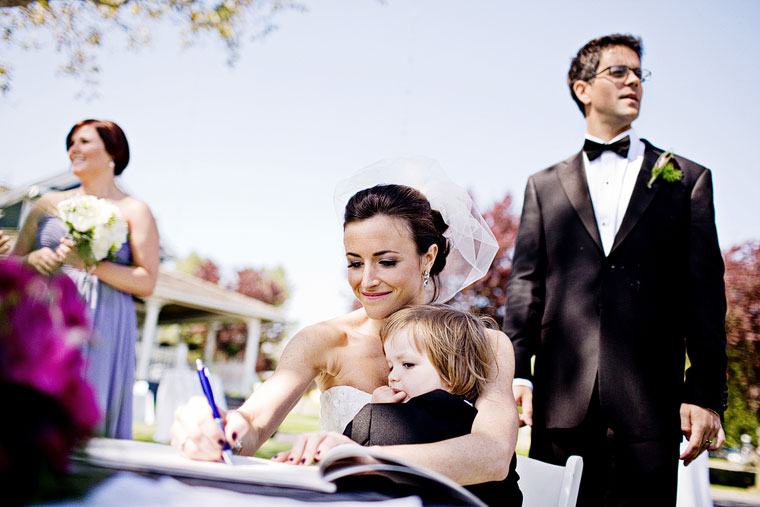

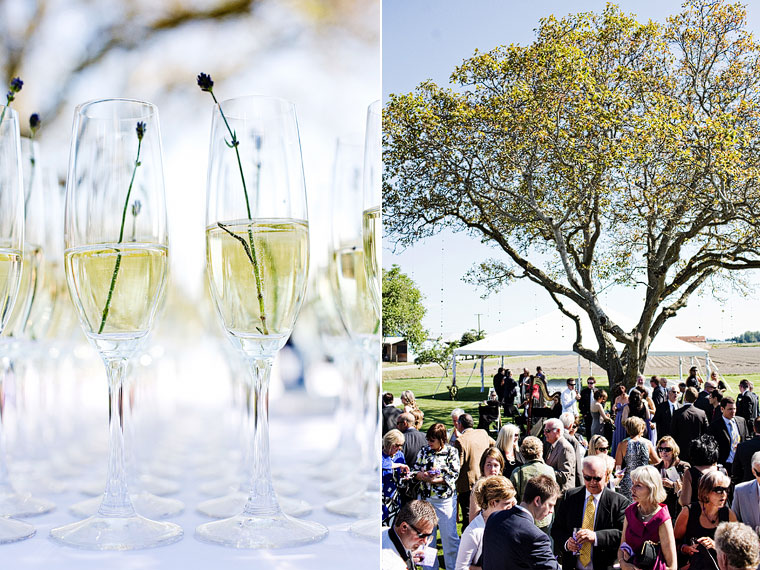
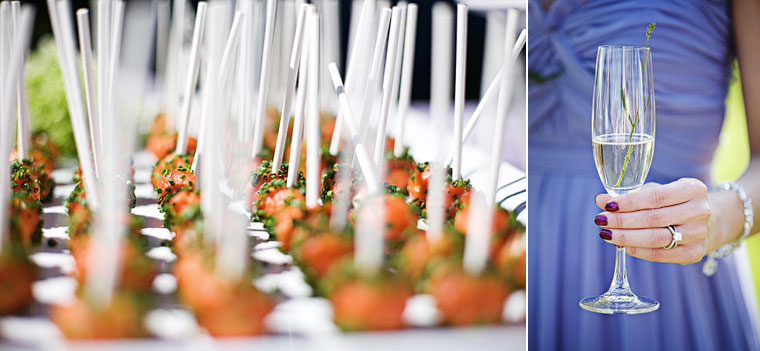
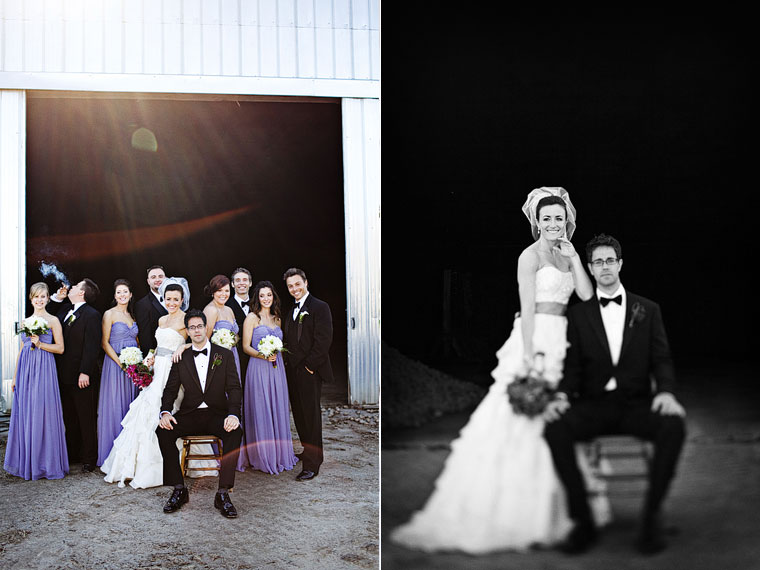
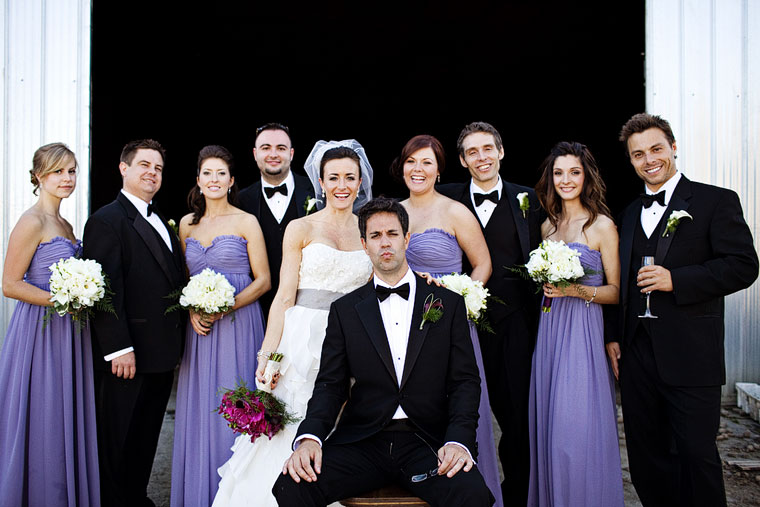
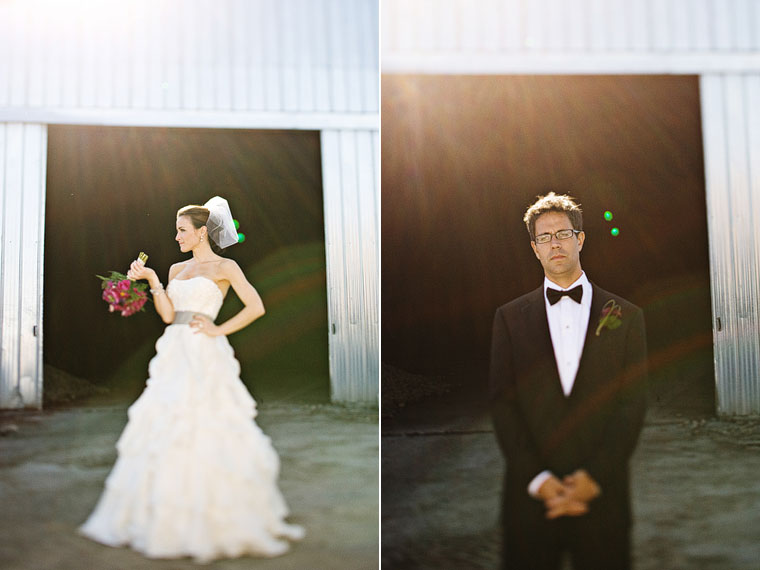

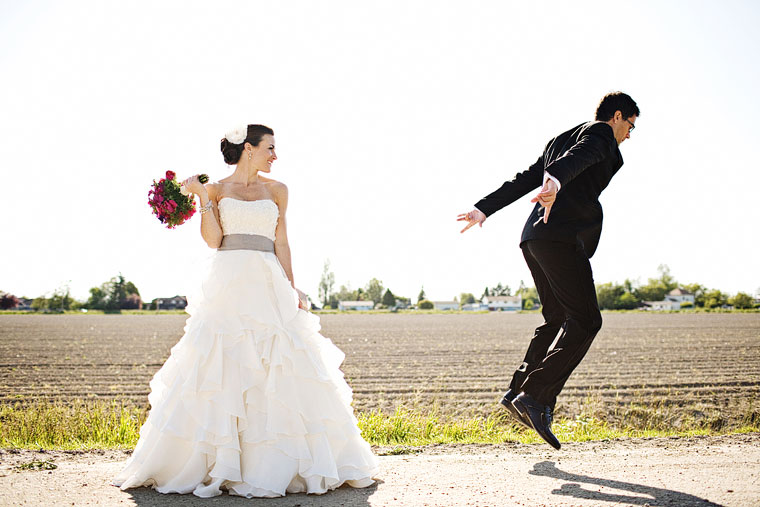


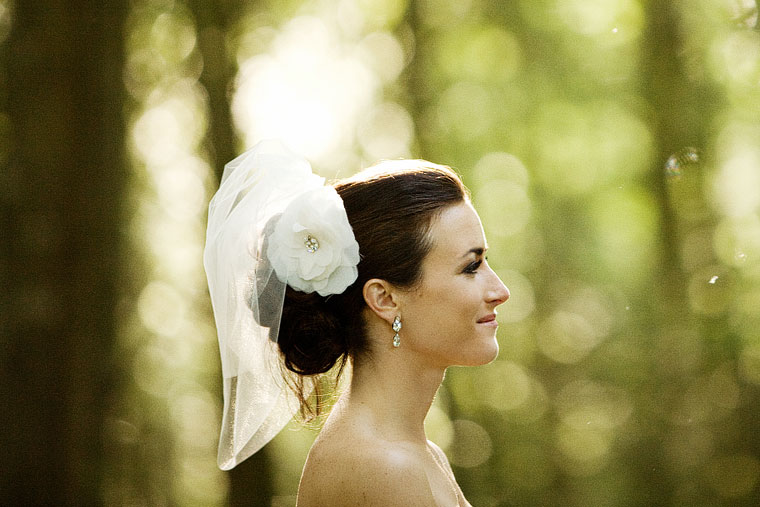
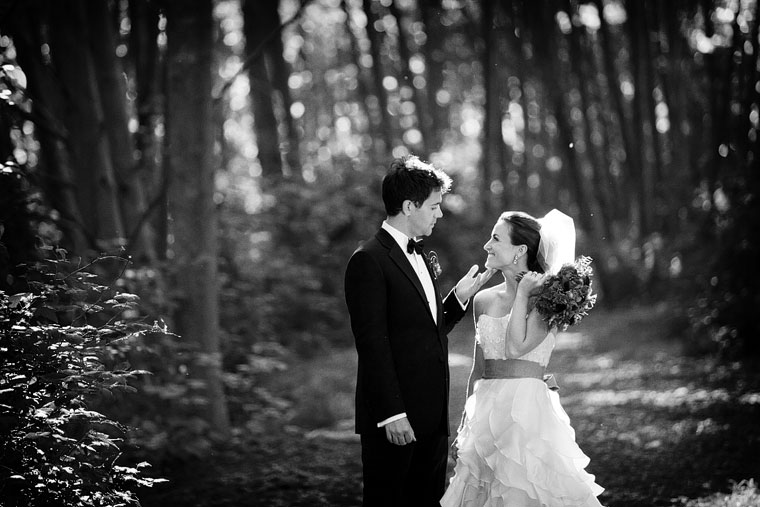
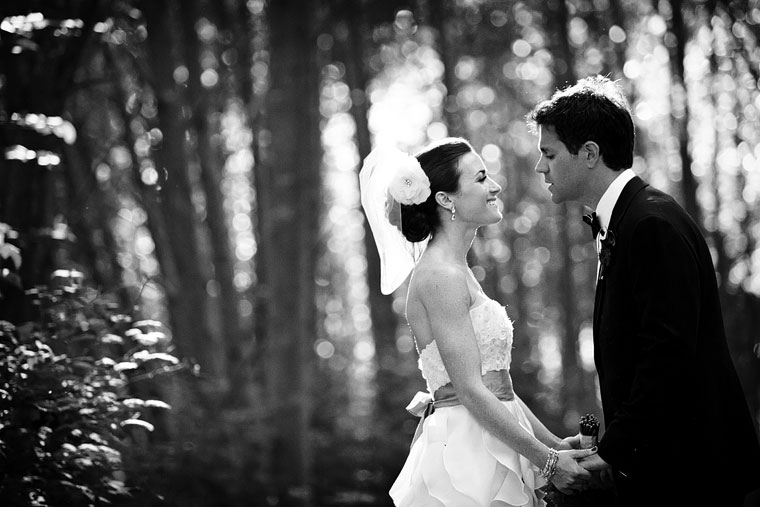
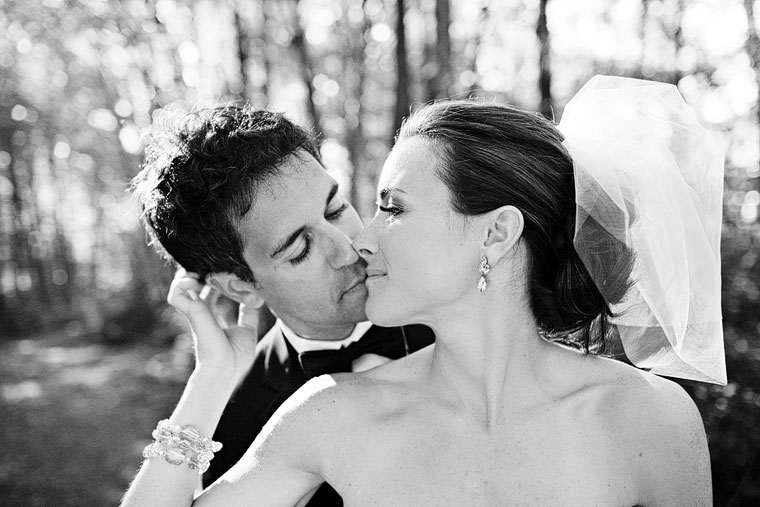
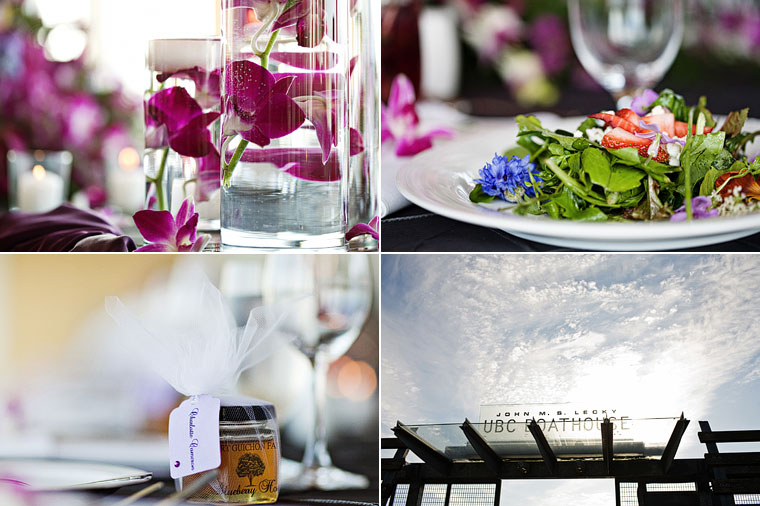
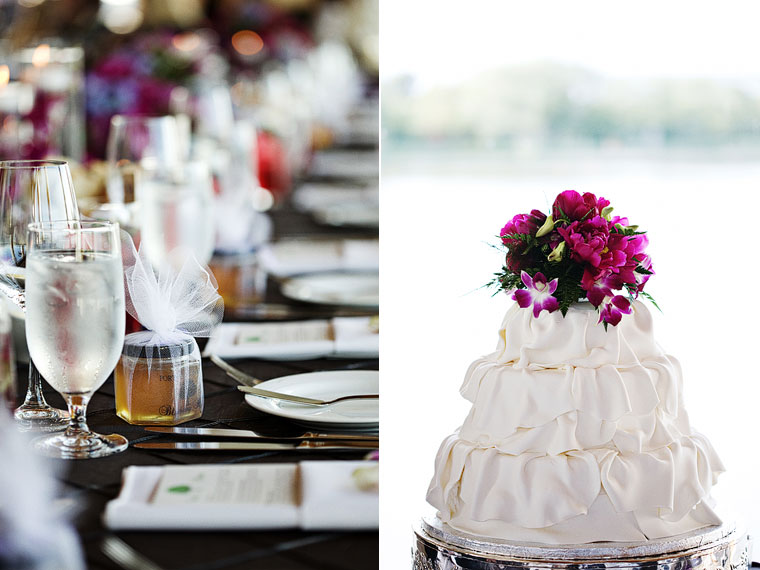
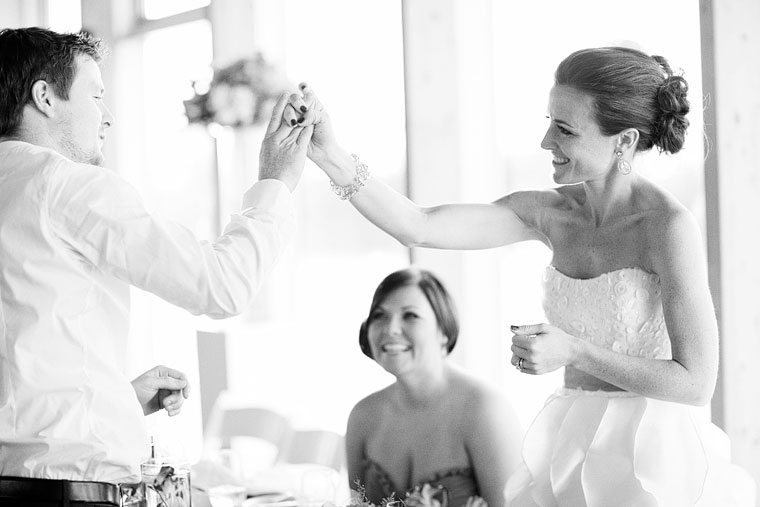

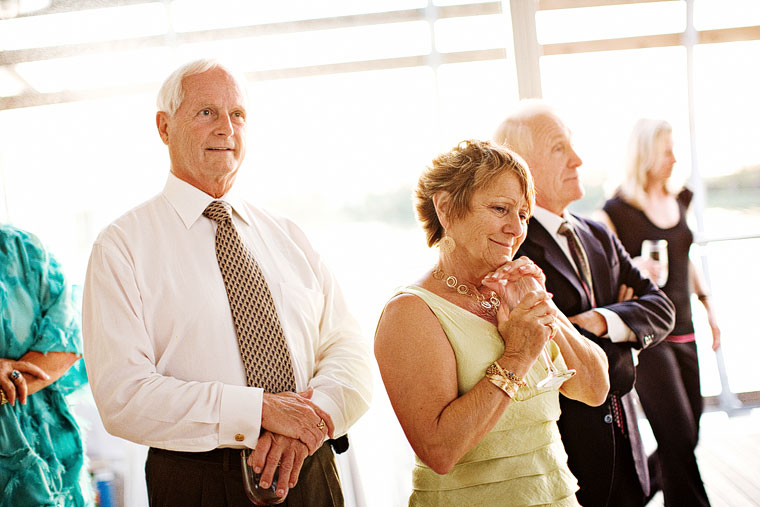

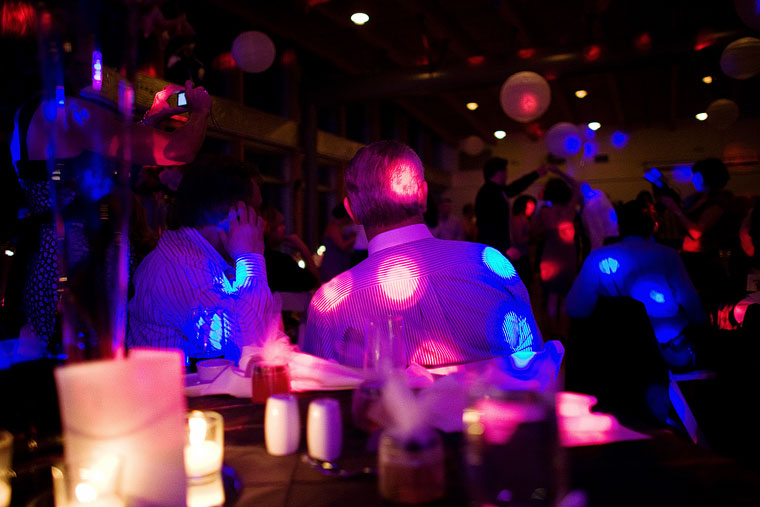

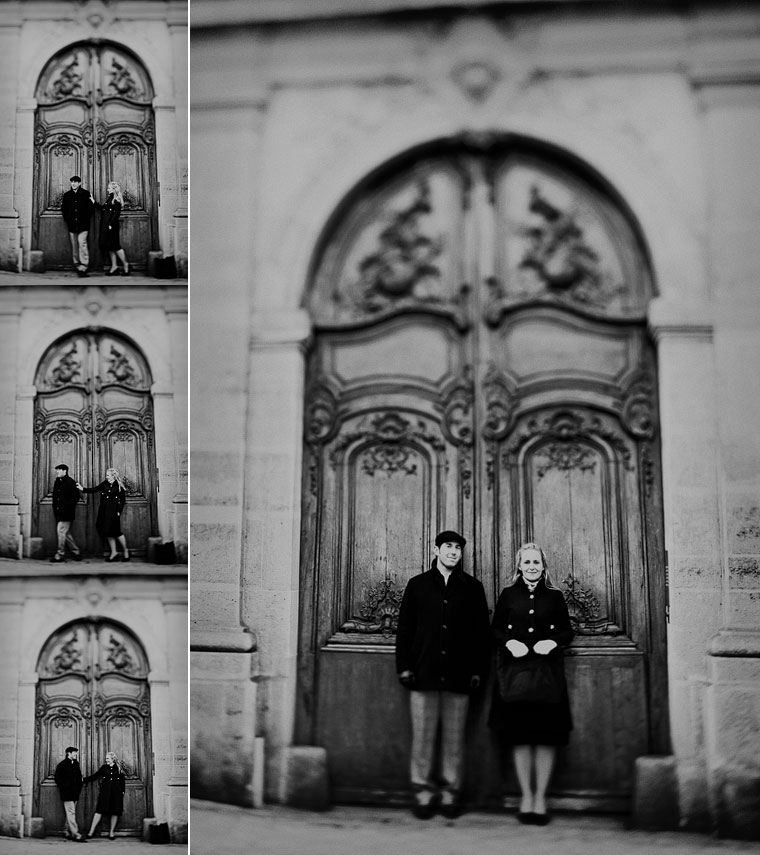
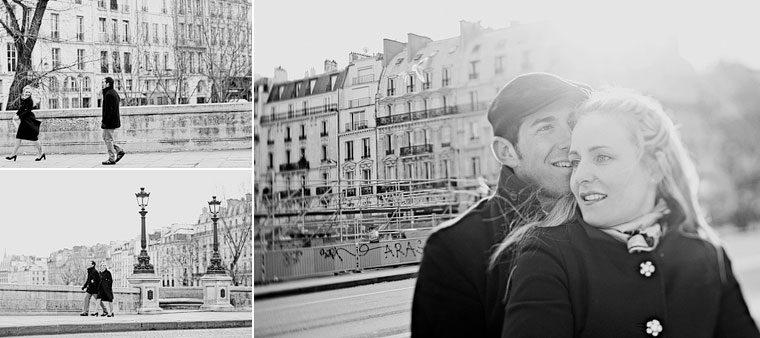
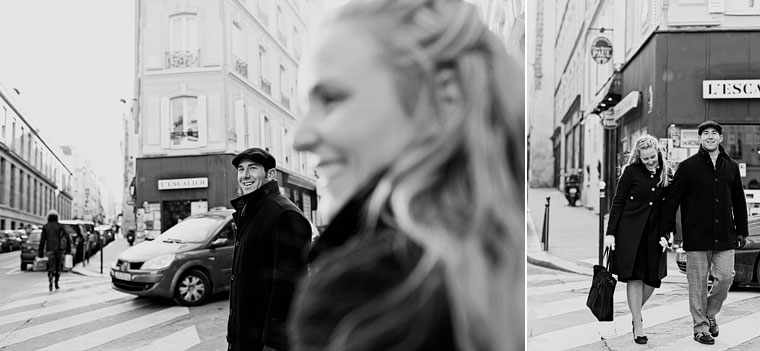
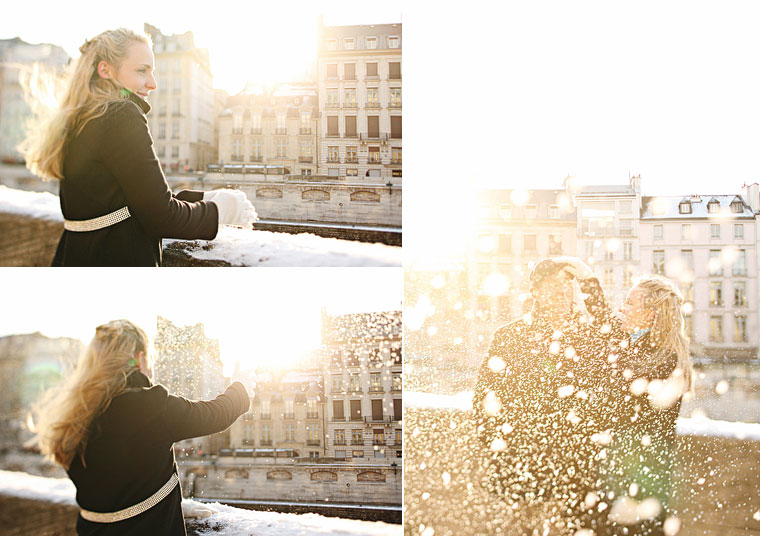
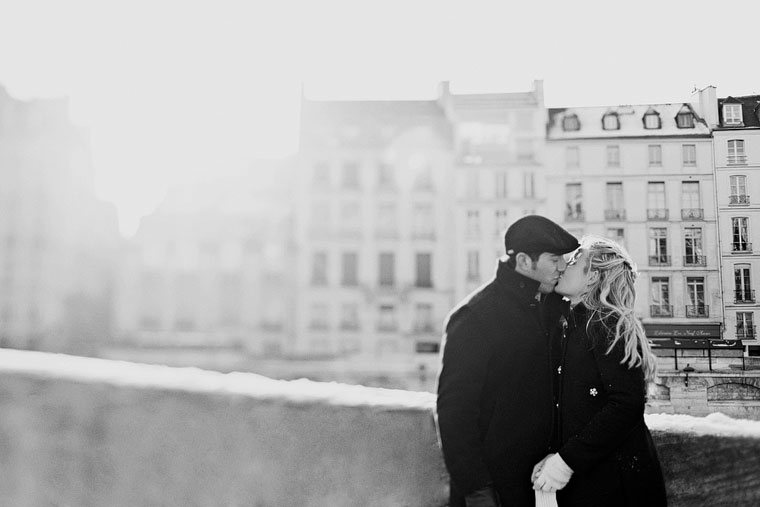
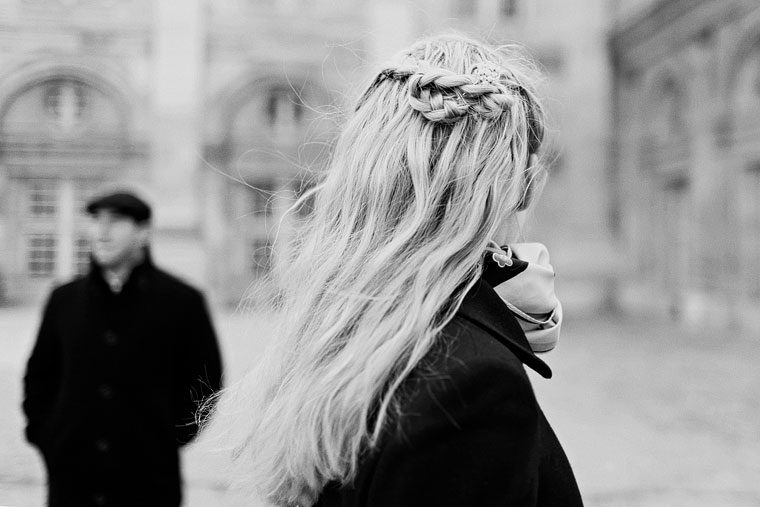

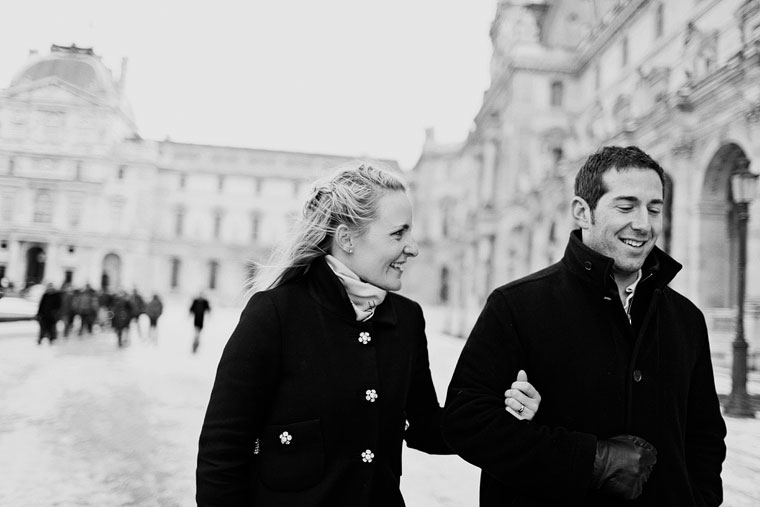
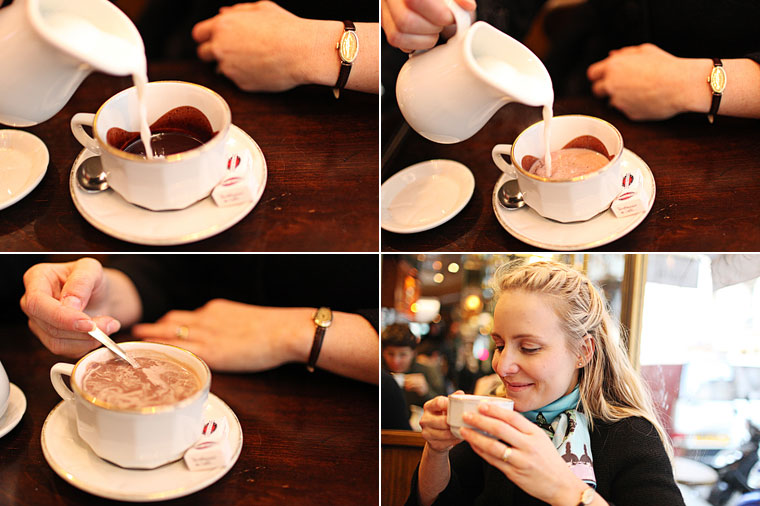
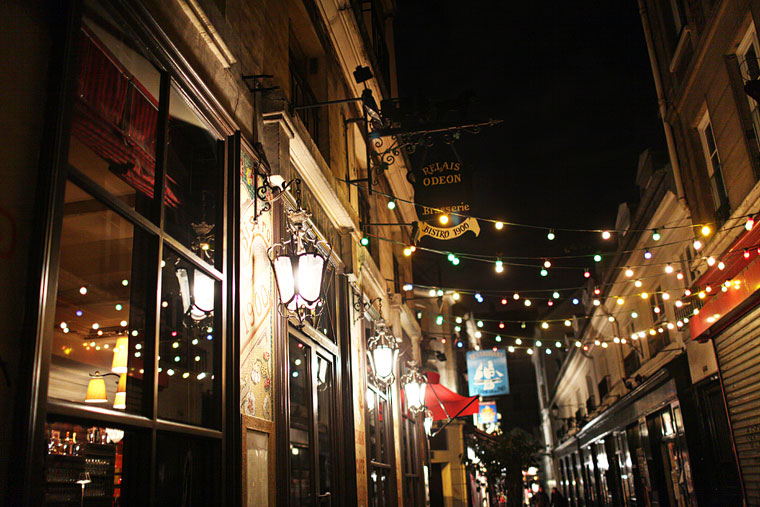
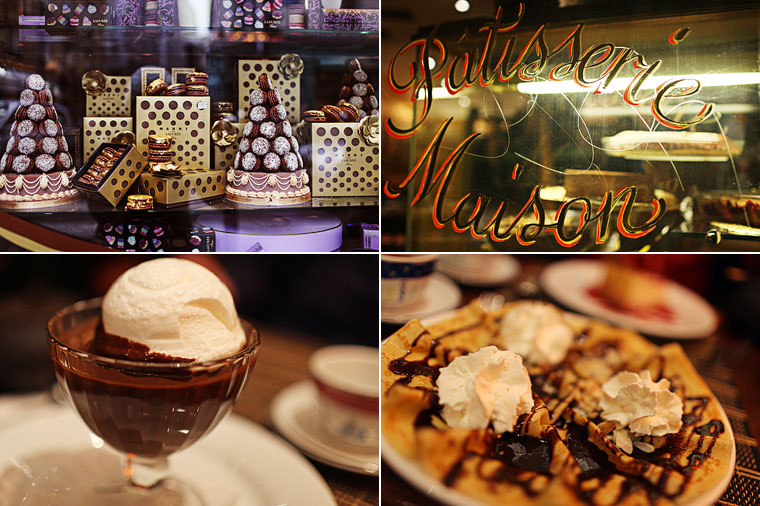
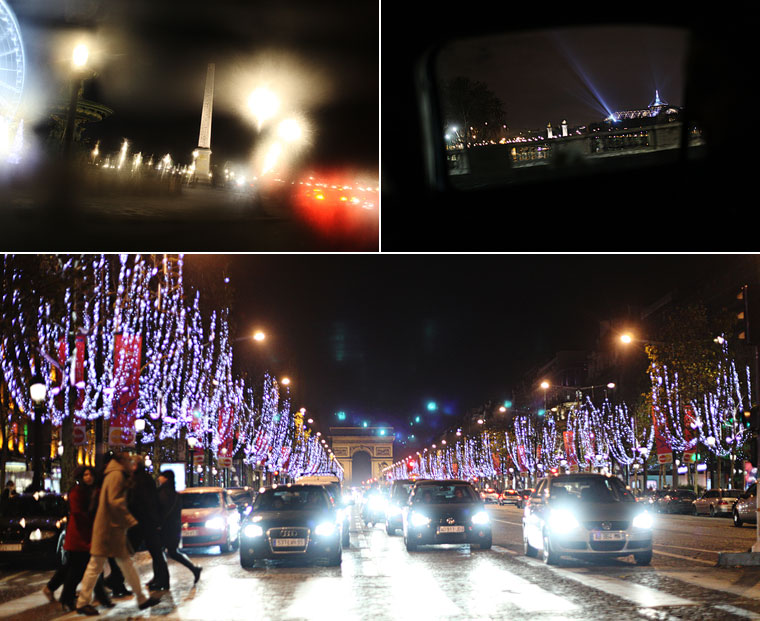
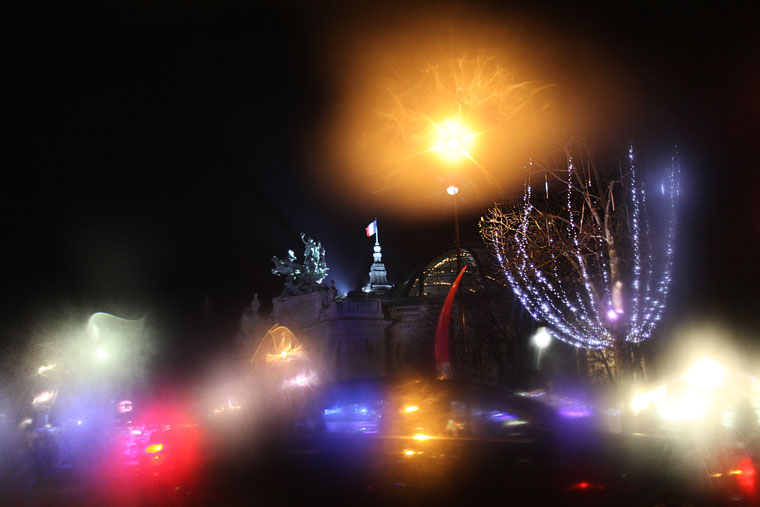
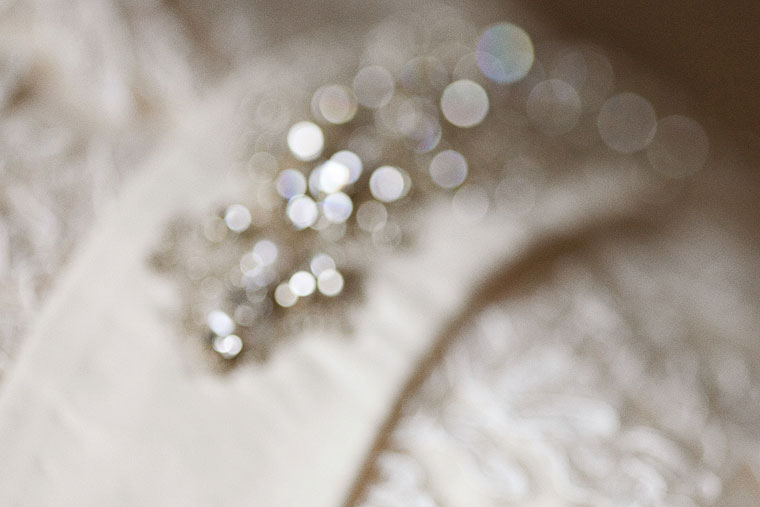
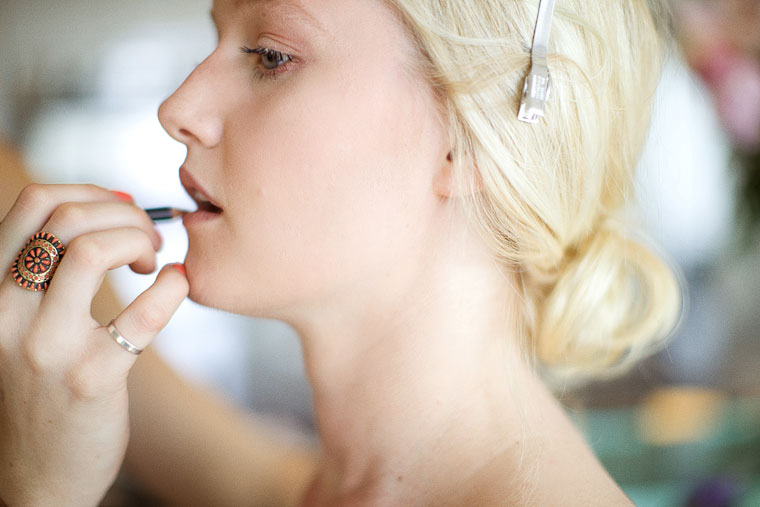
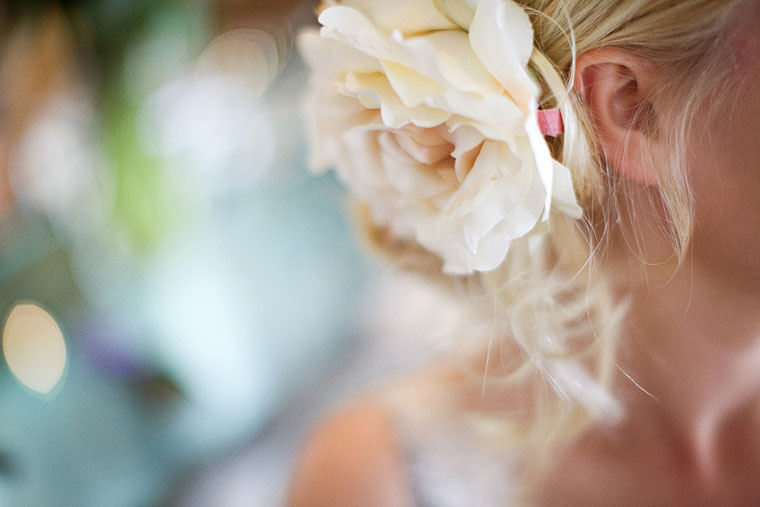
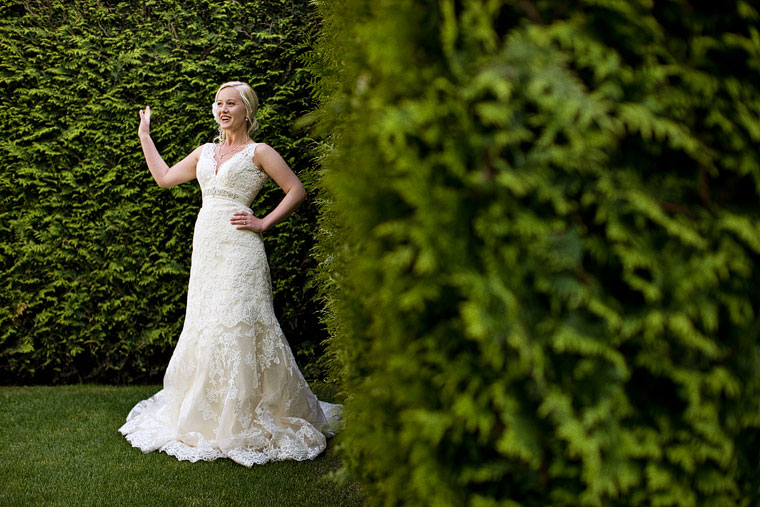
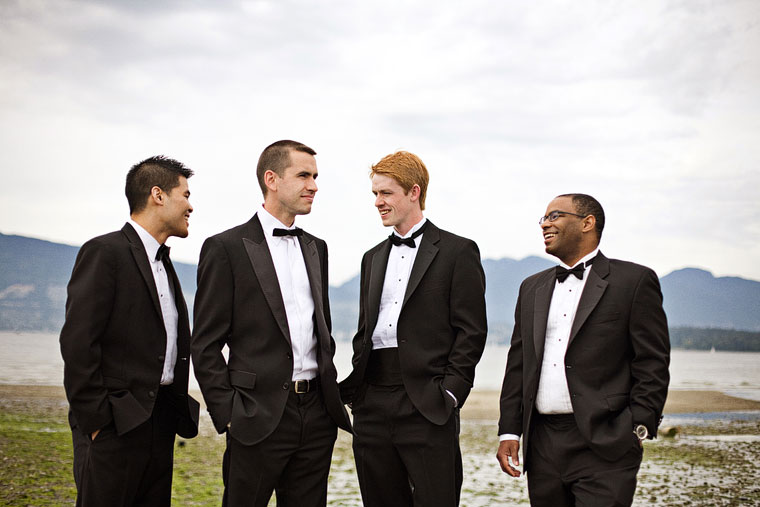
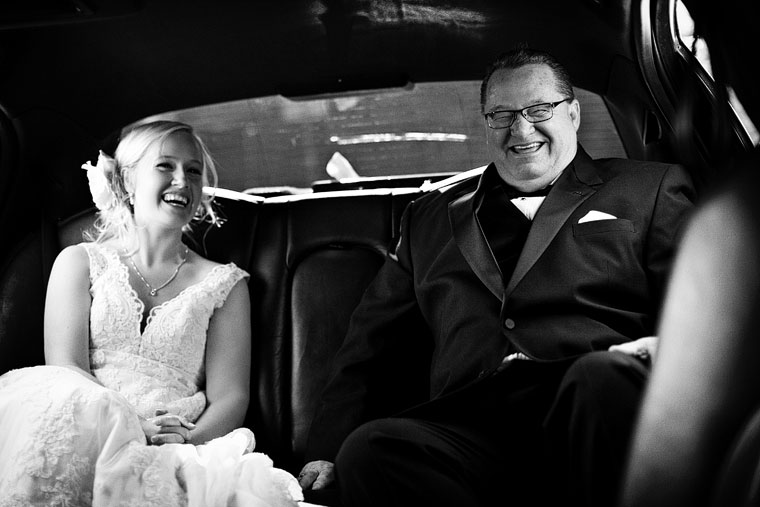
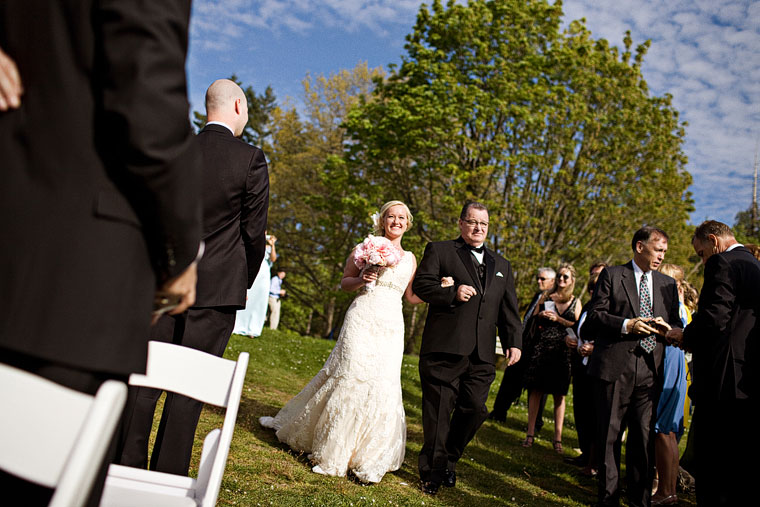
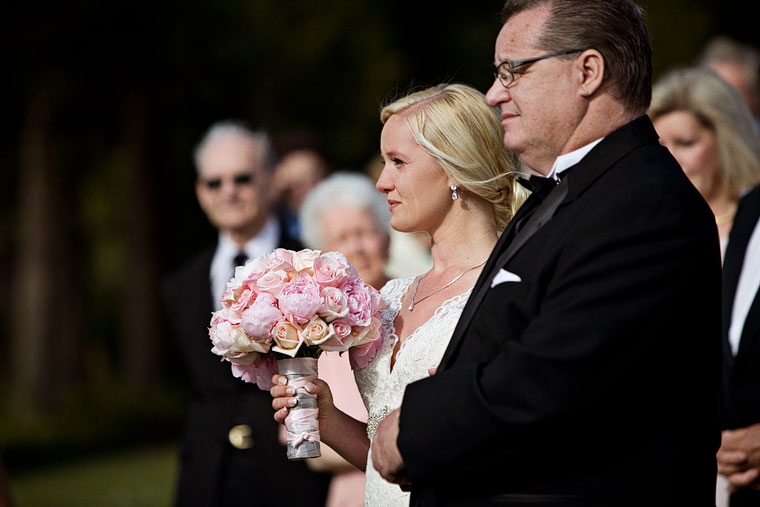
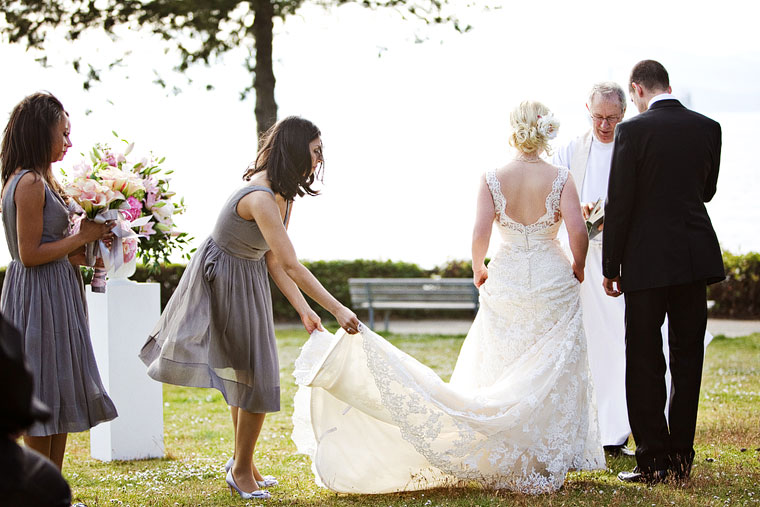
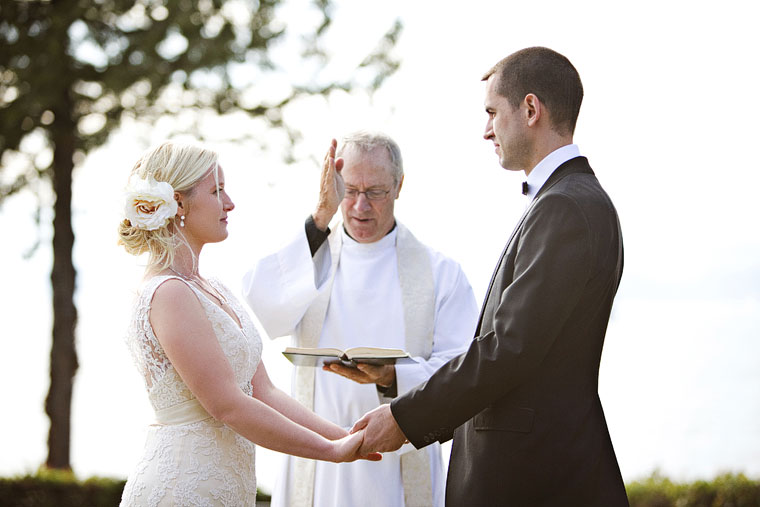
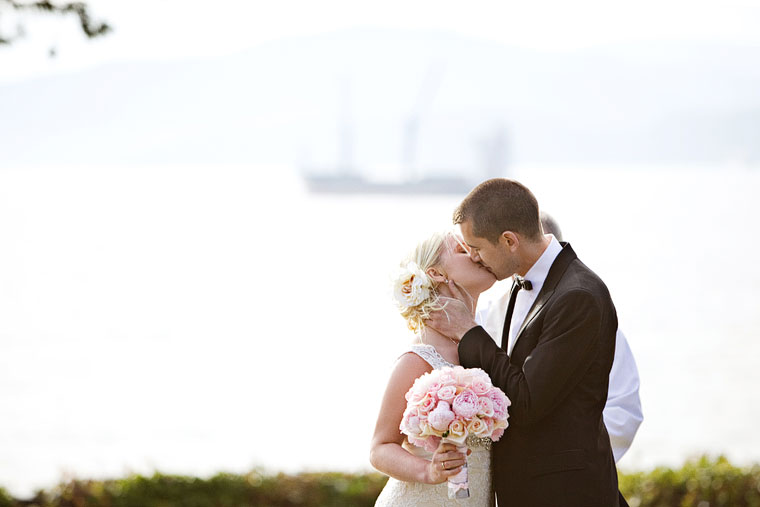
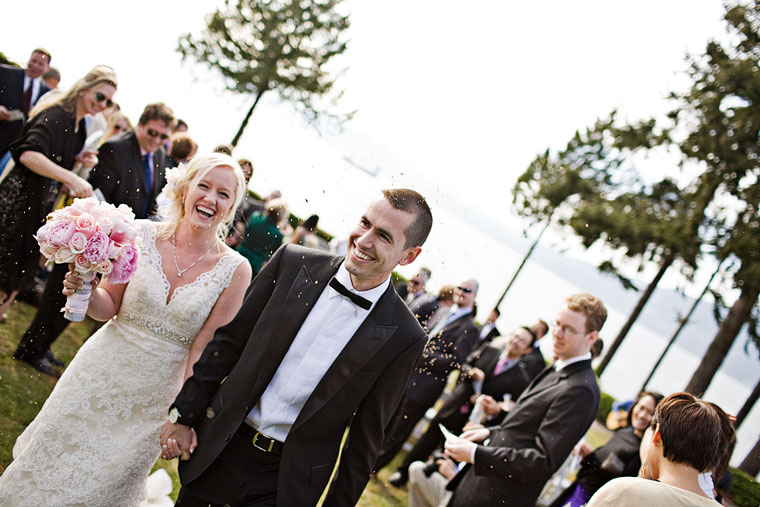
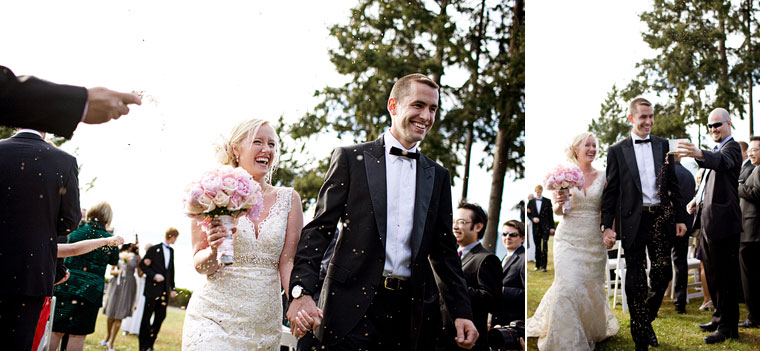
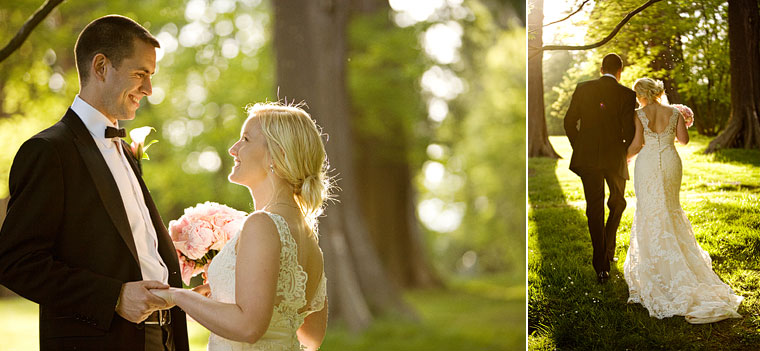
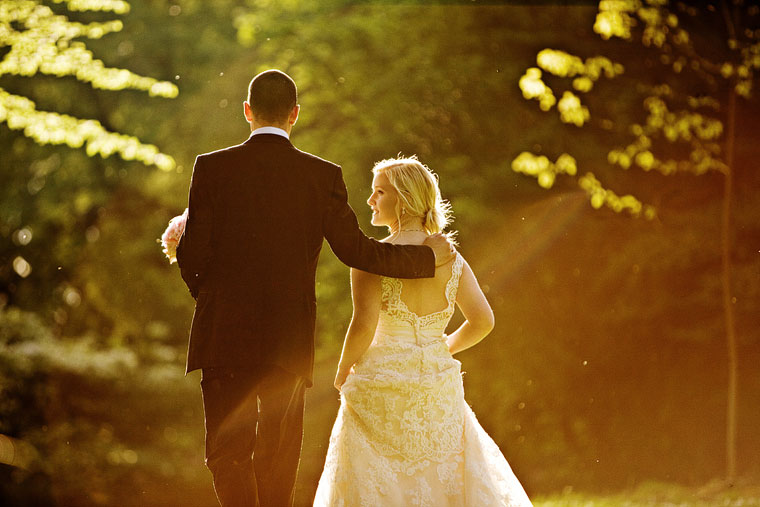
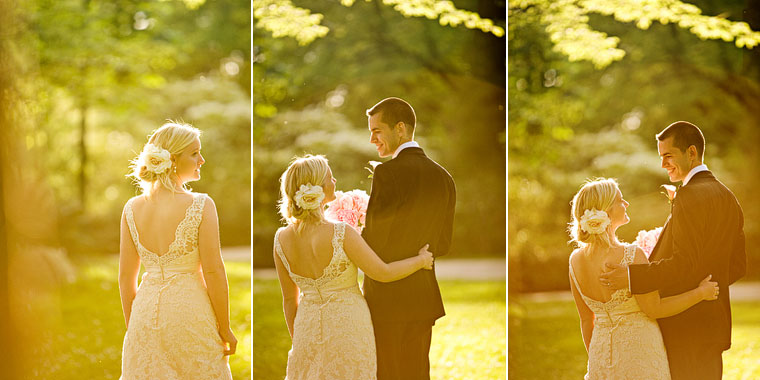
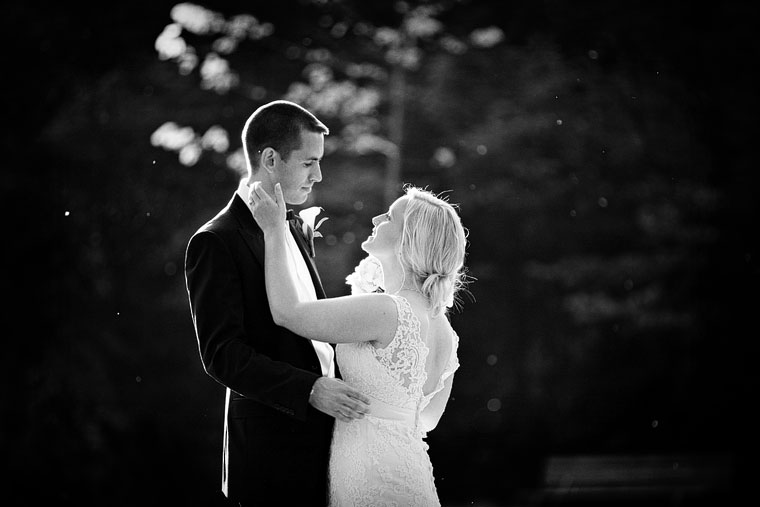
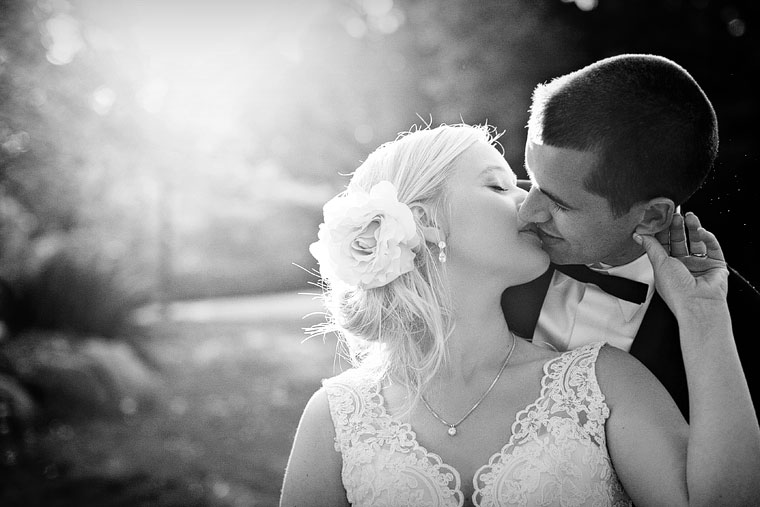
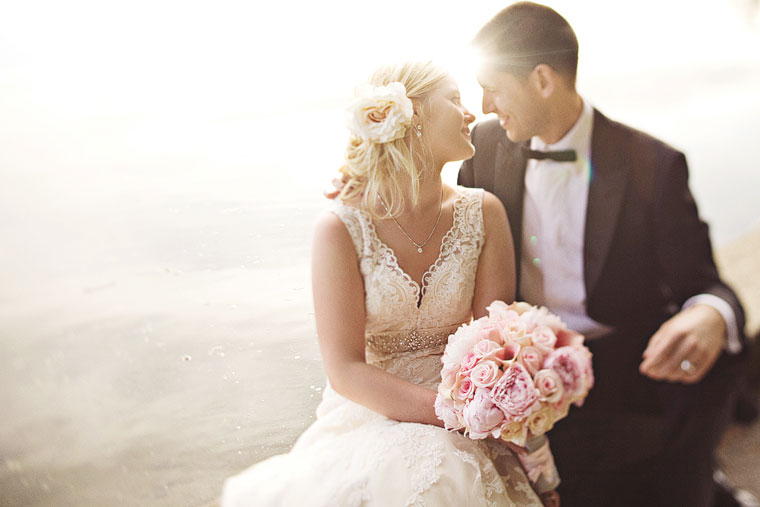
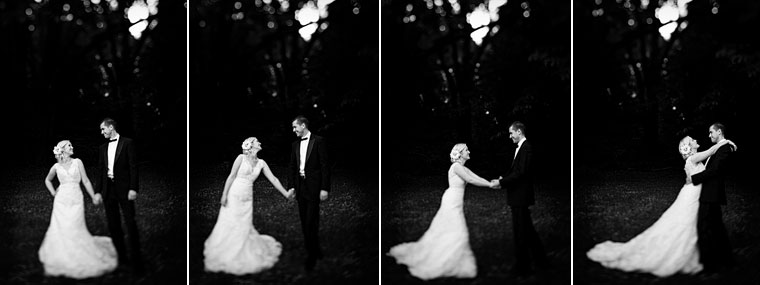
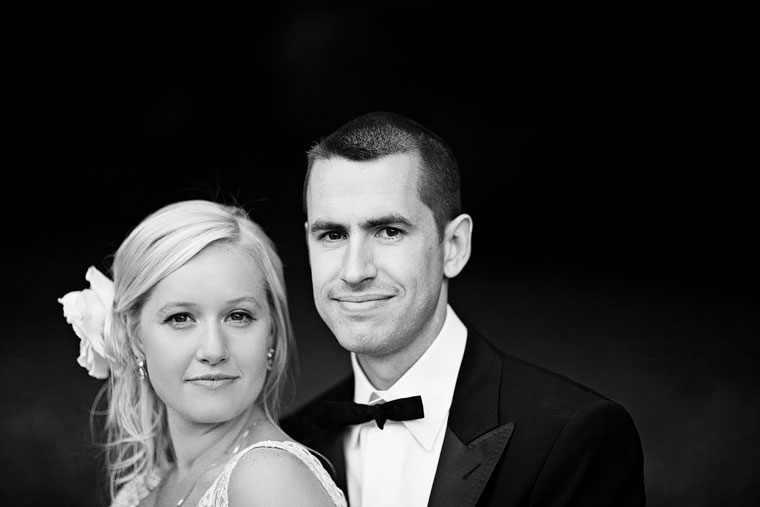
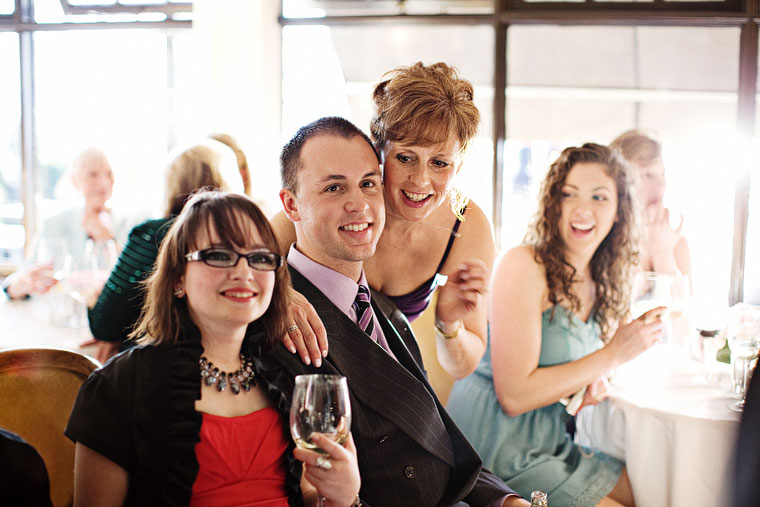
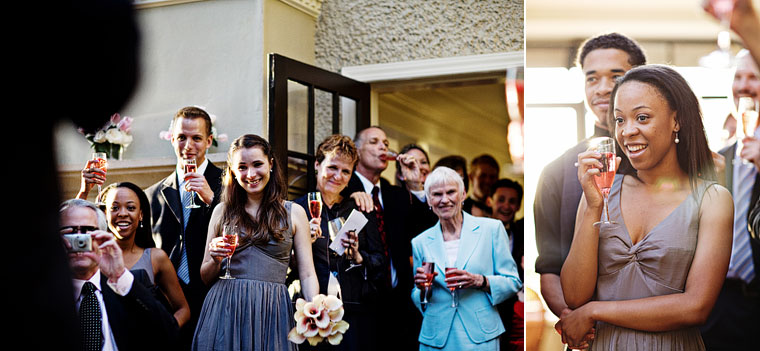
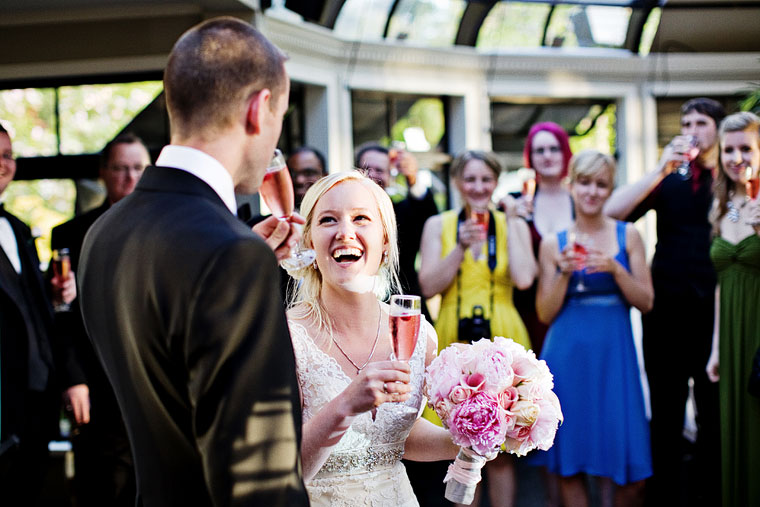
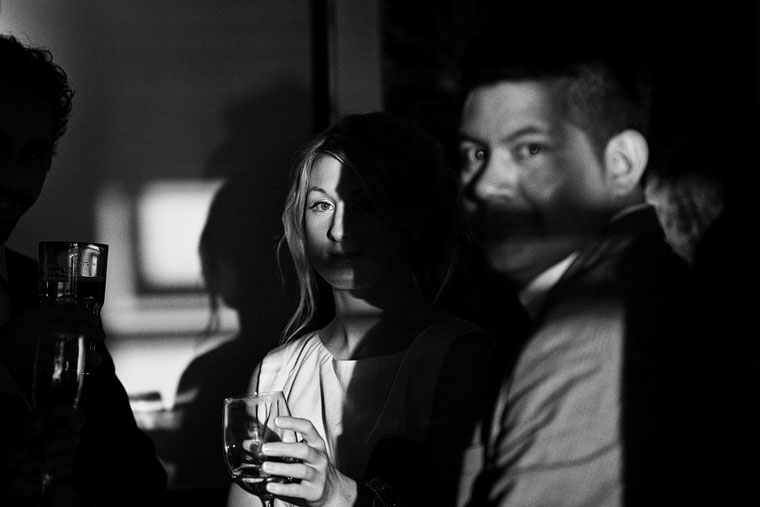

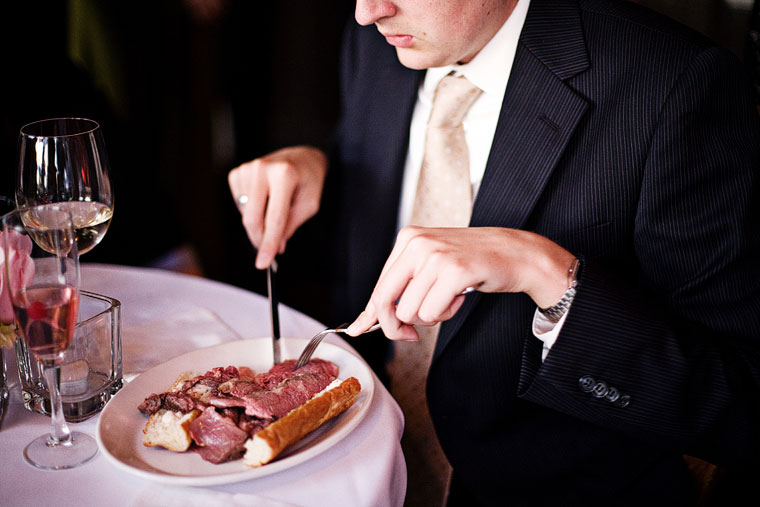
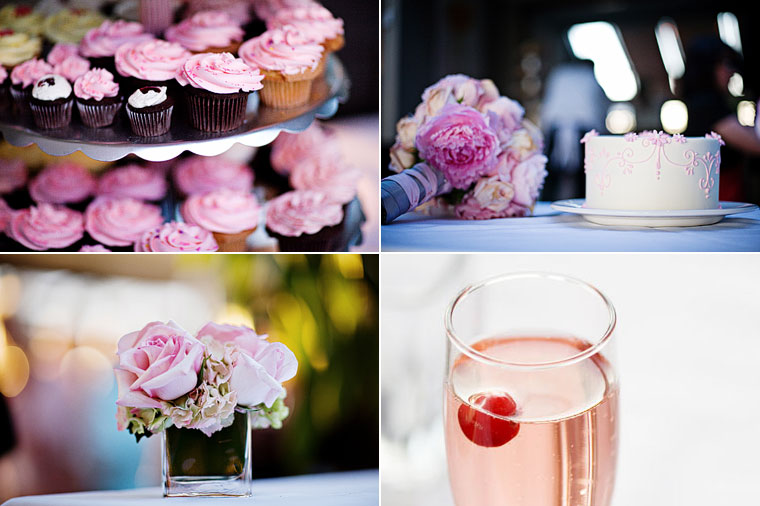
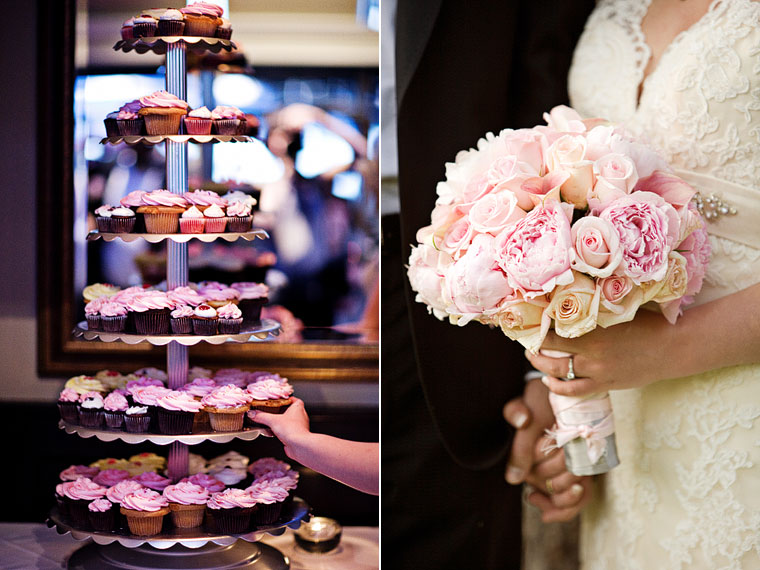
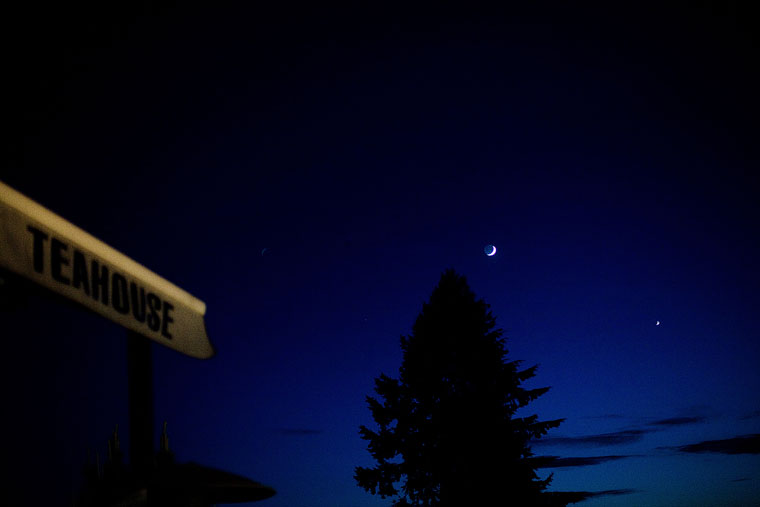
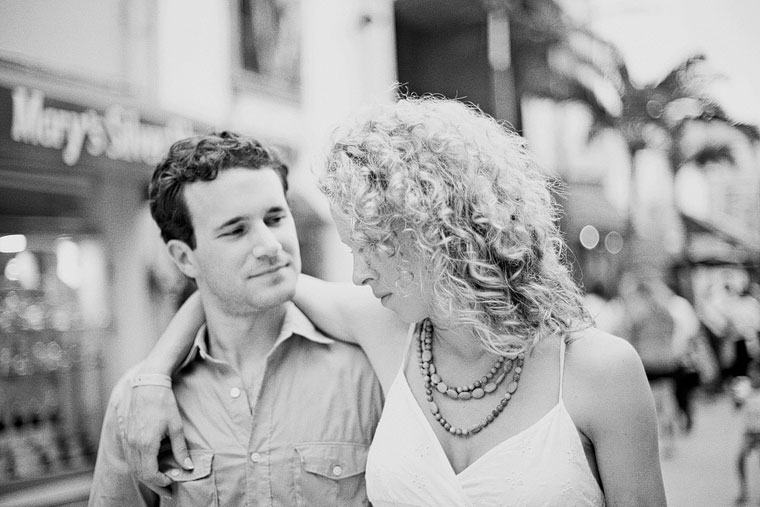
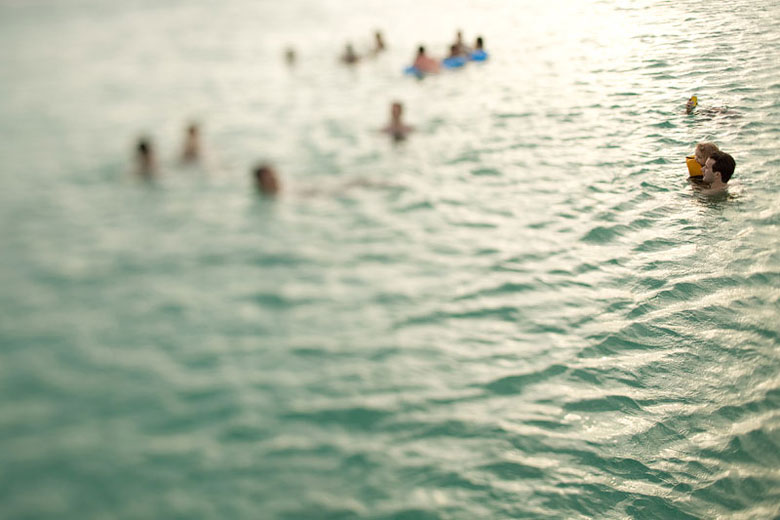
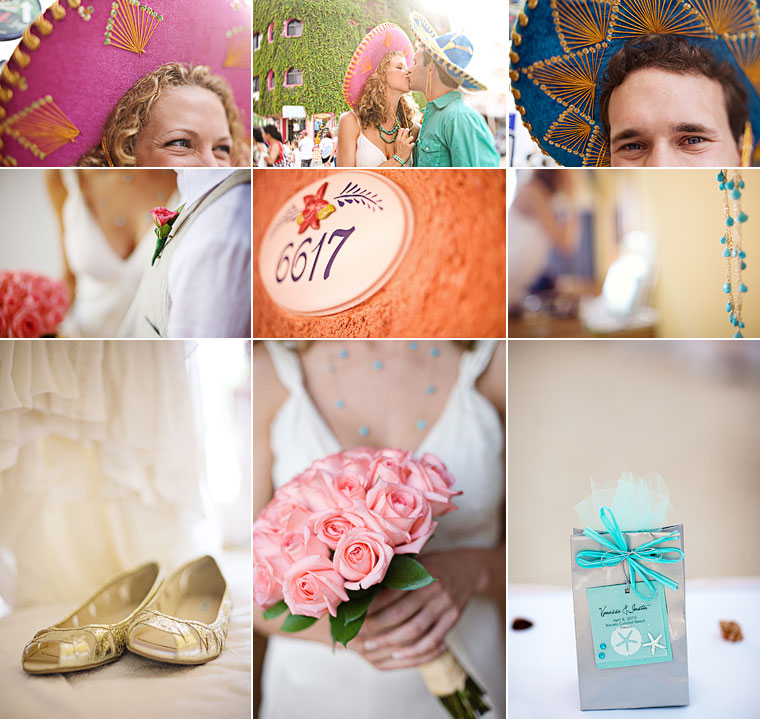

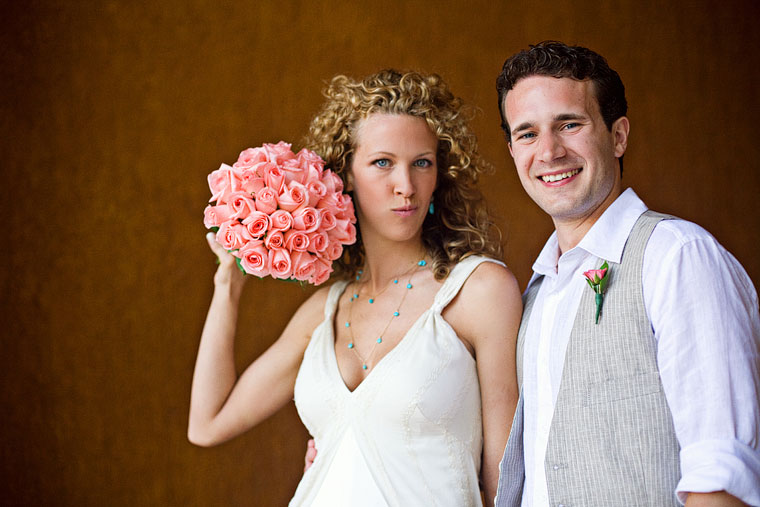
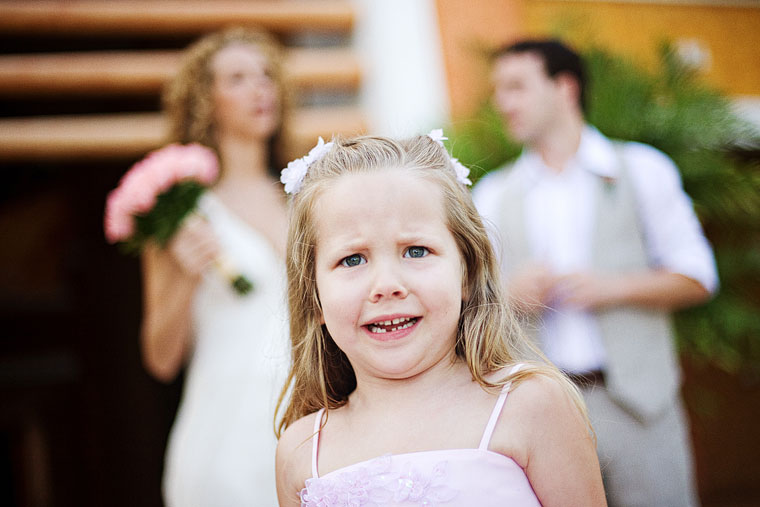
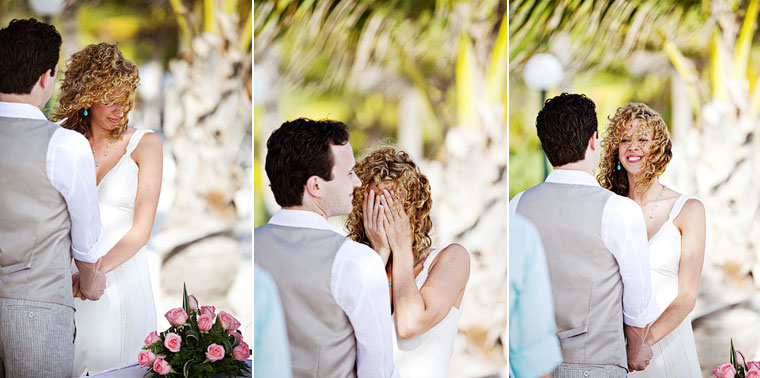
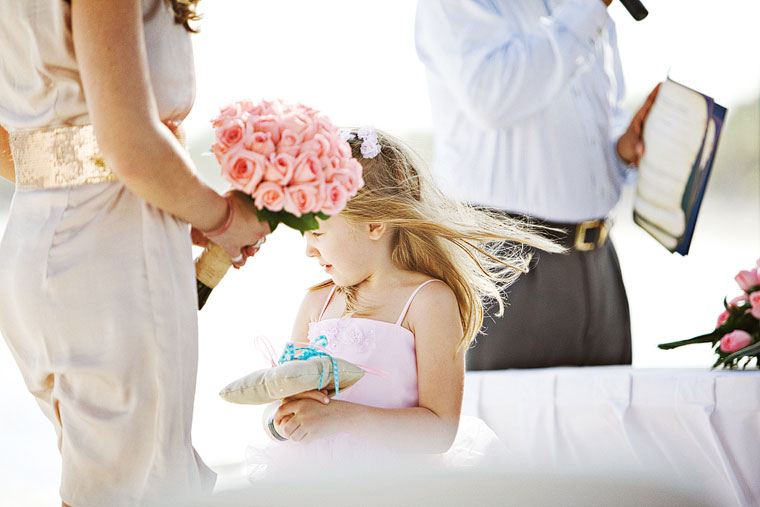
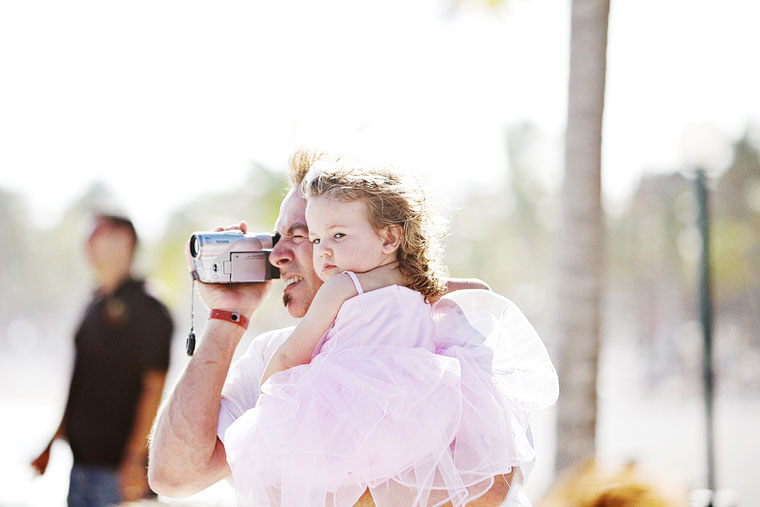
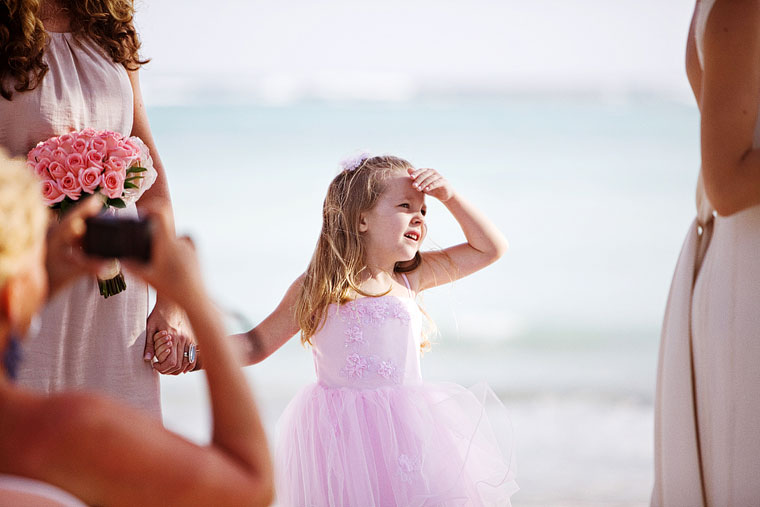
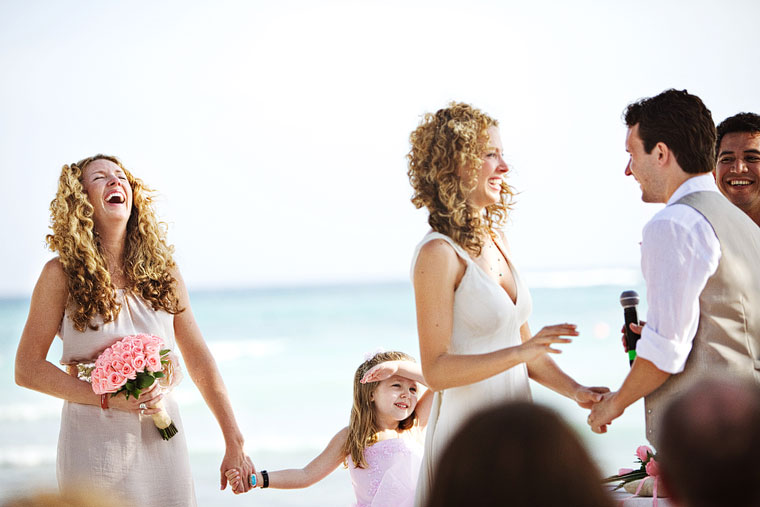
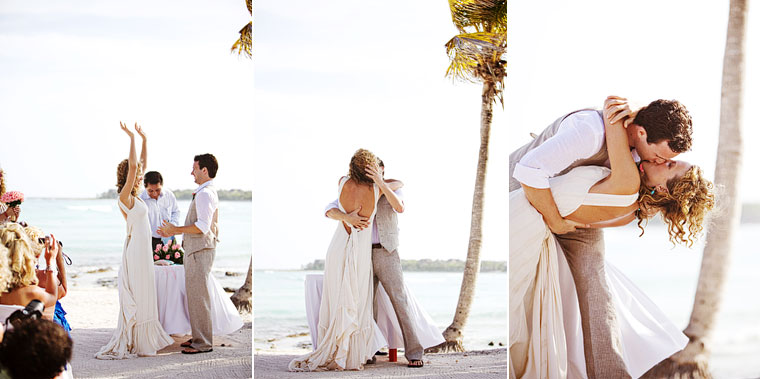
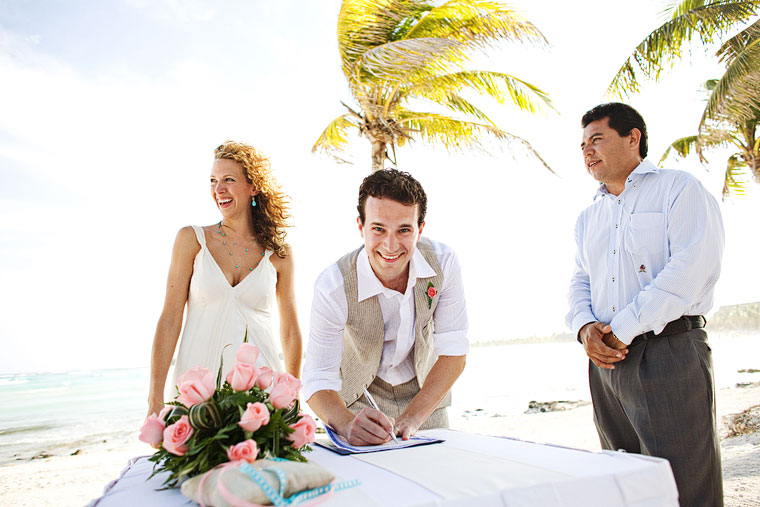
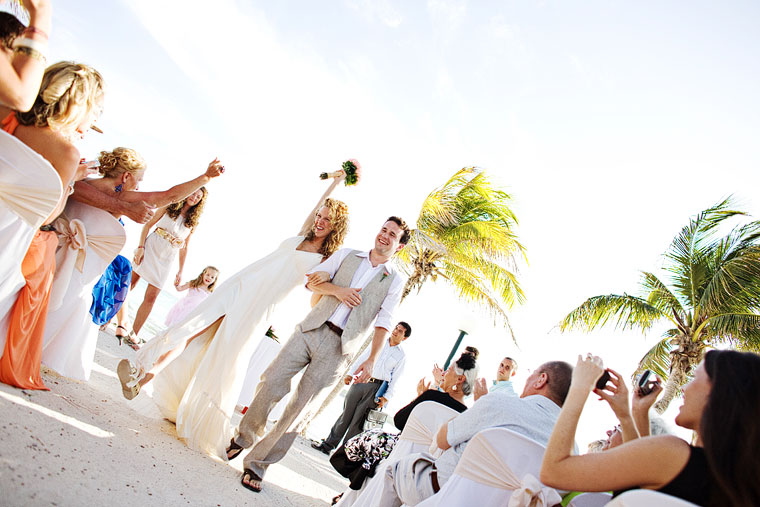
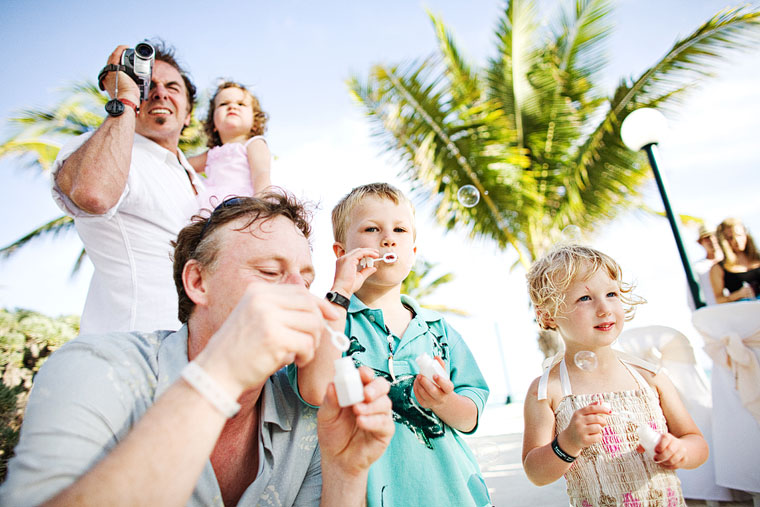
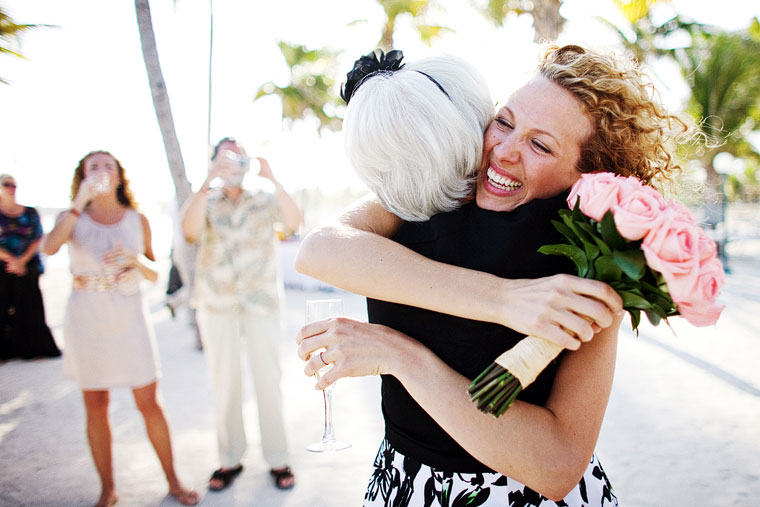
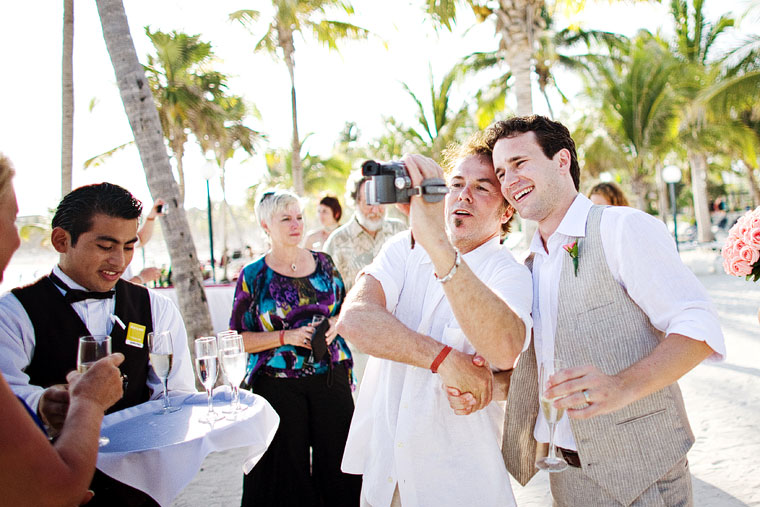
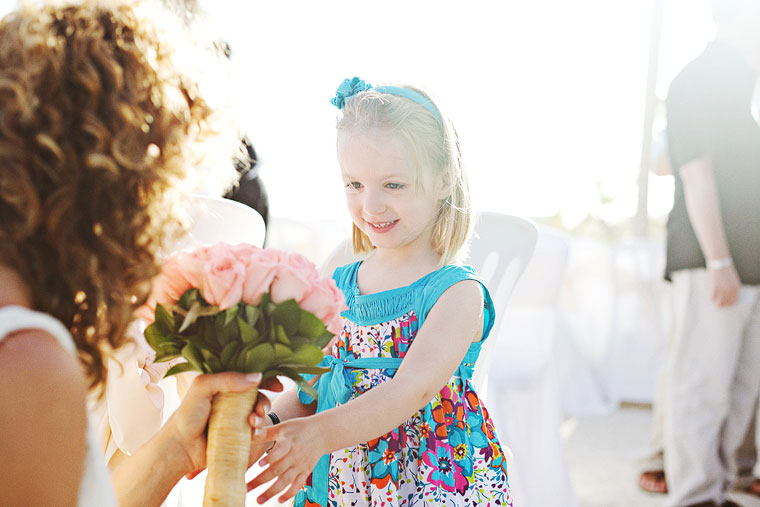
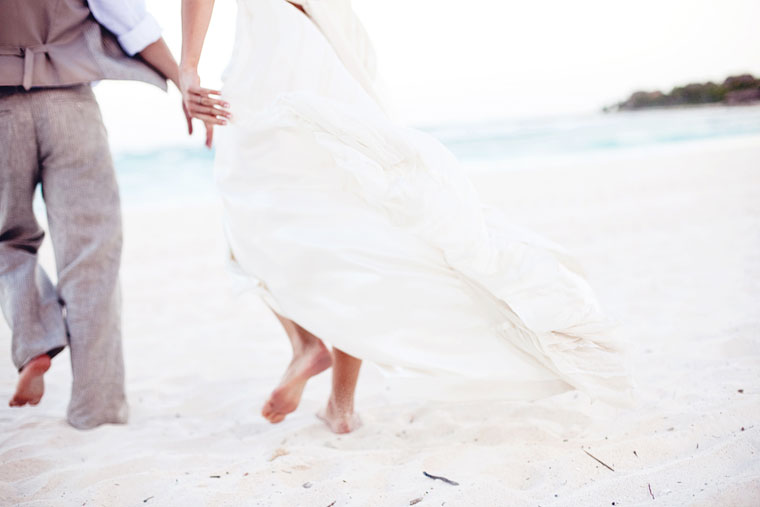
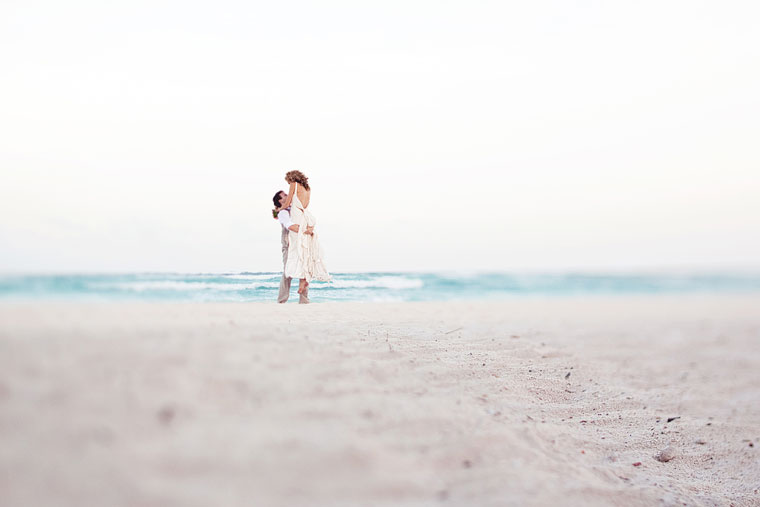
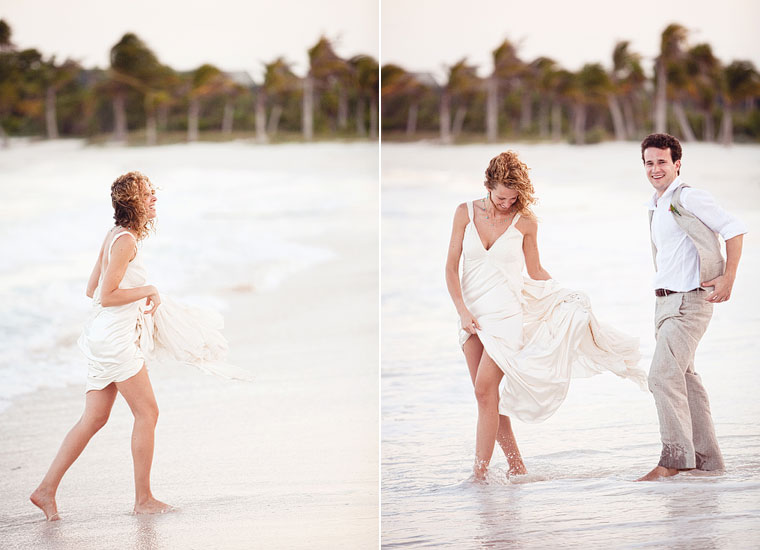
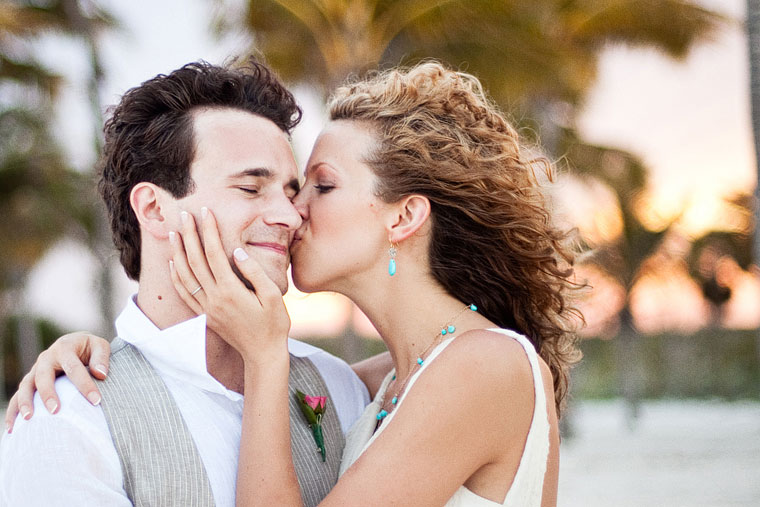

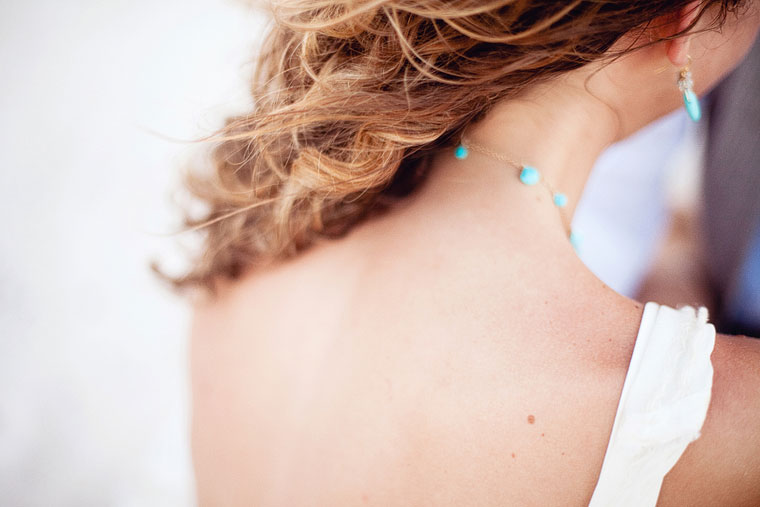
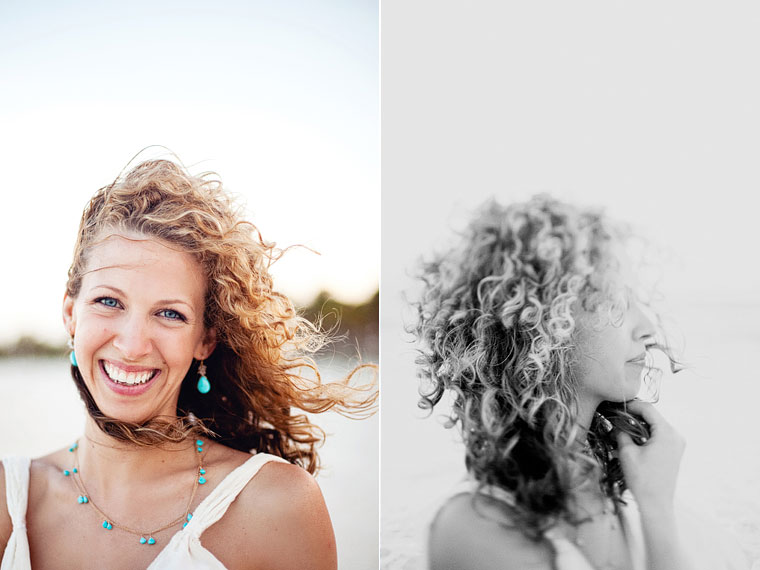
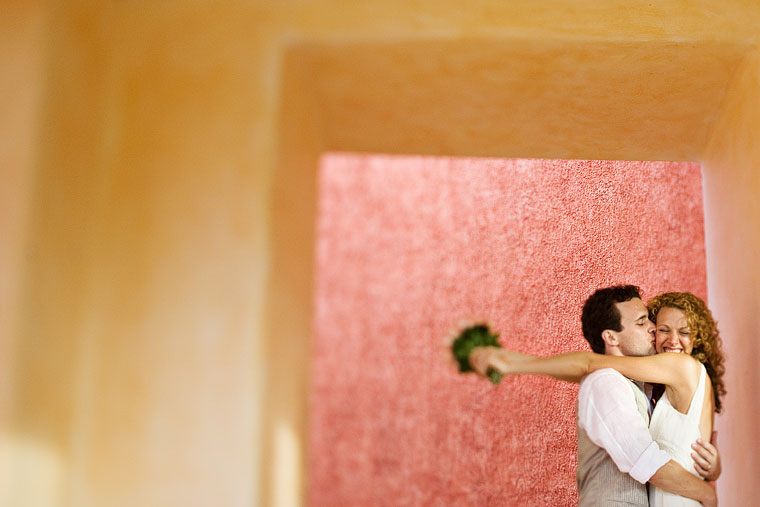
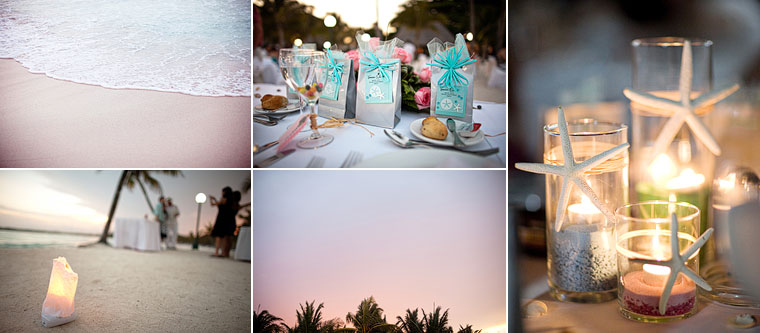
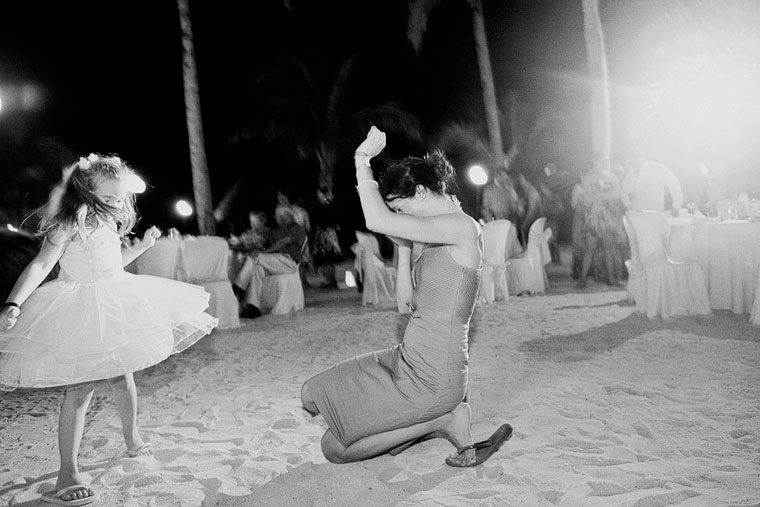
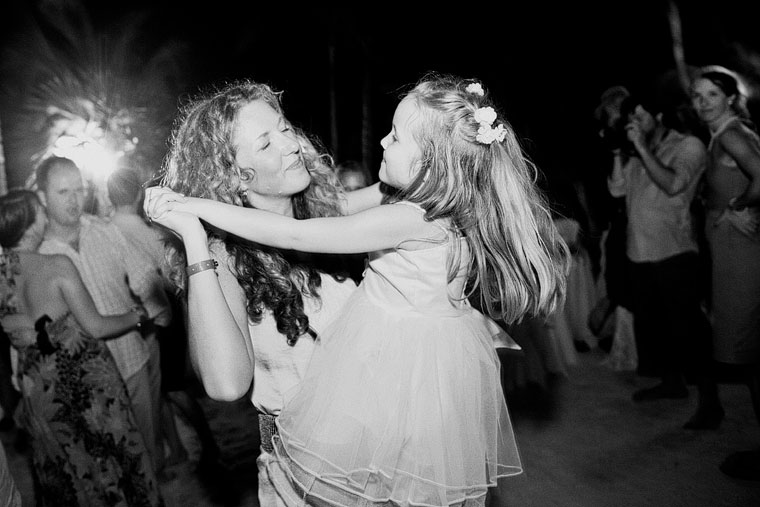
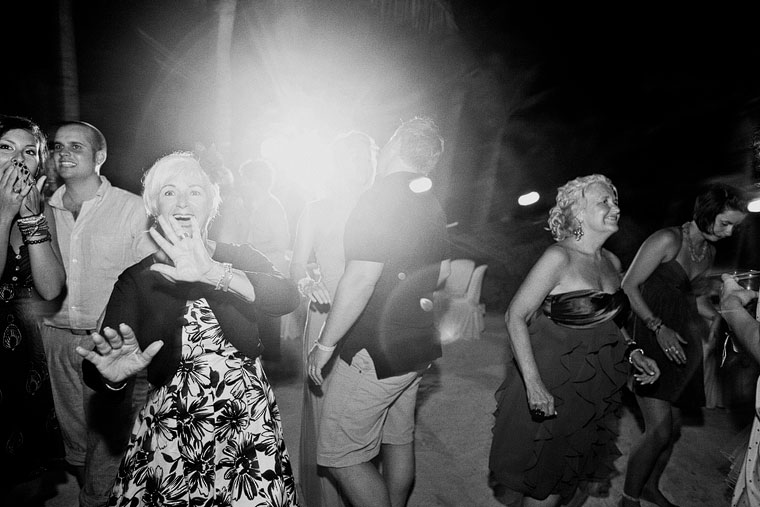


































show hide 10 comments